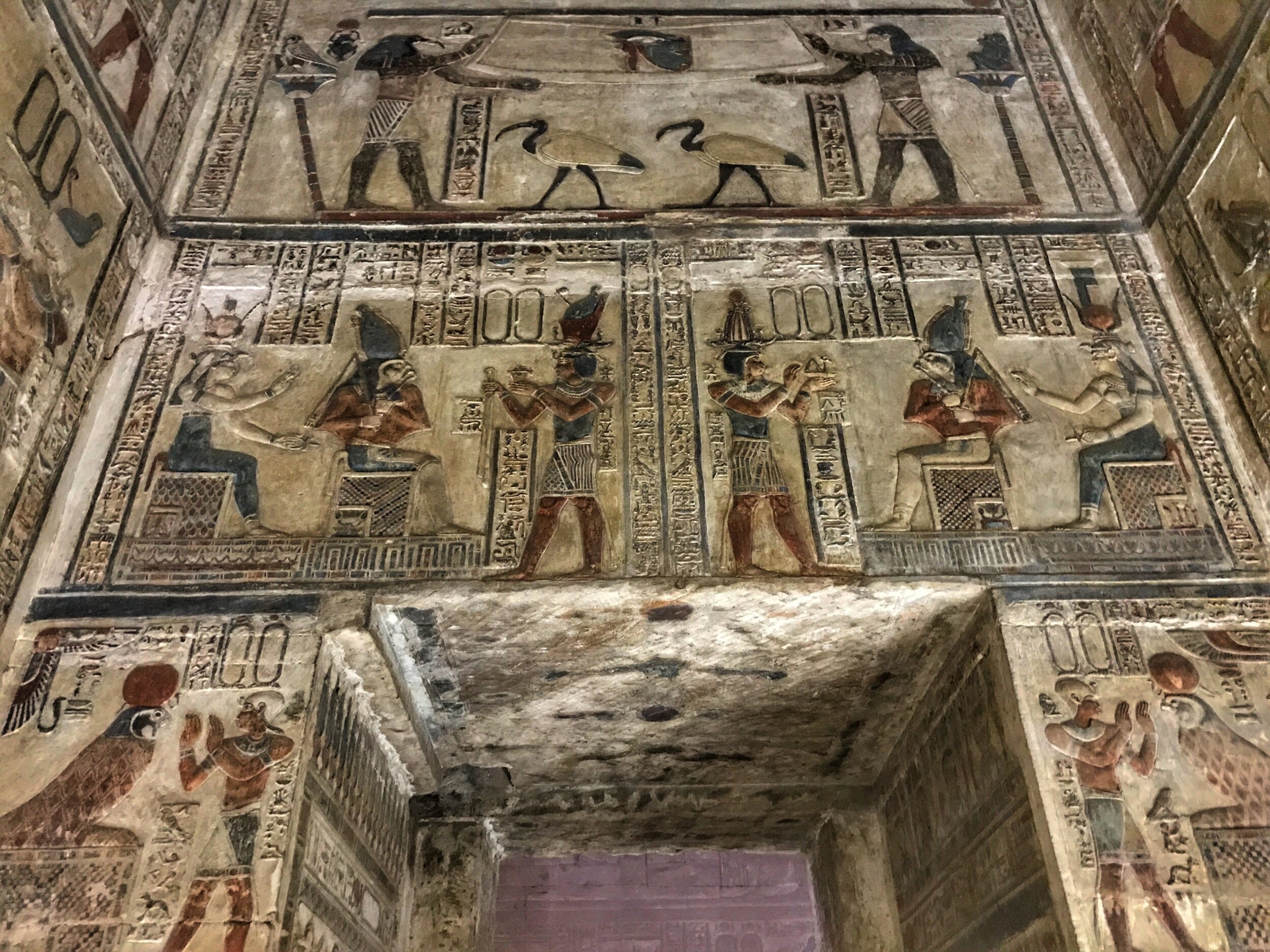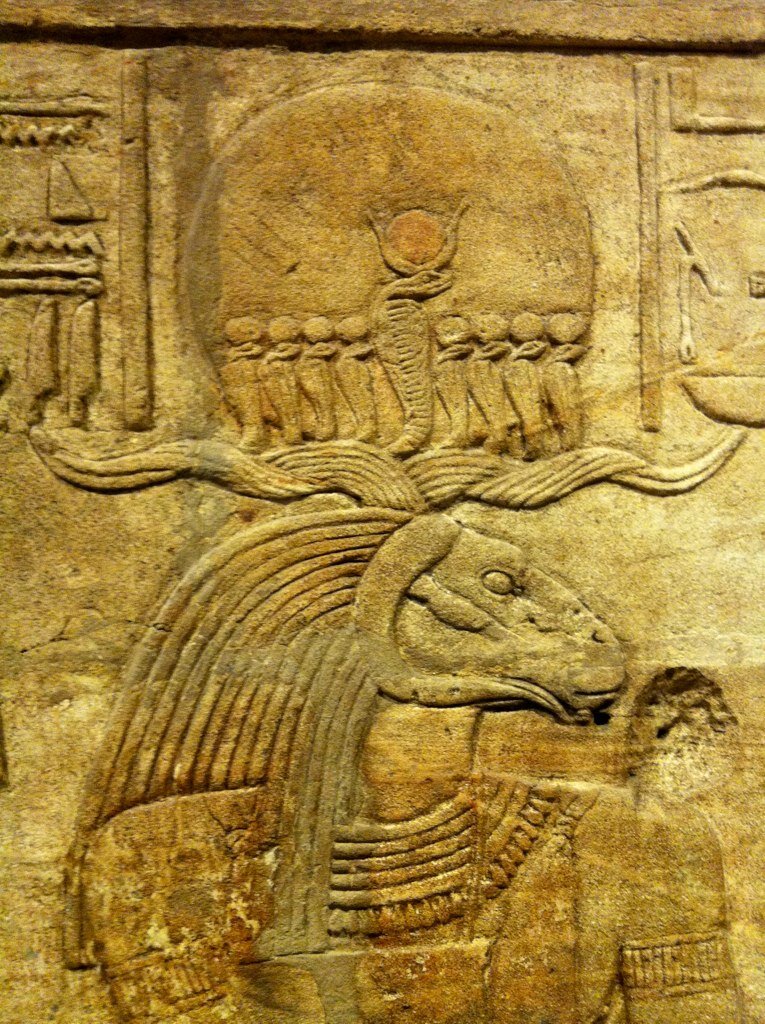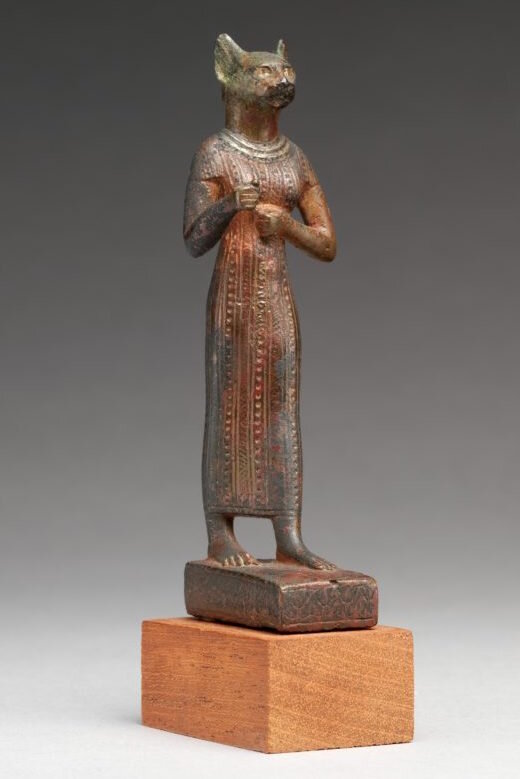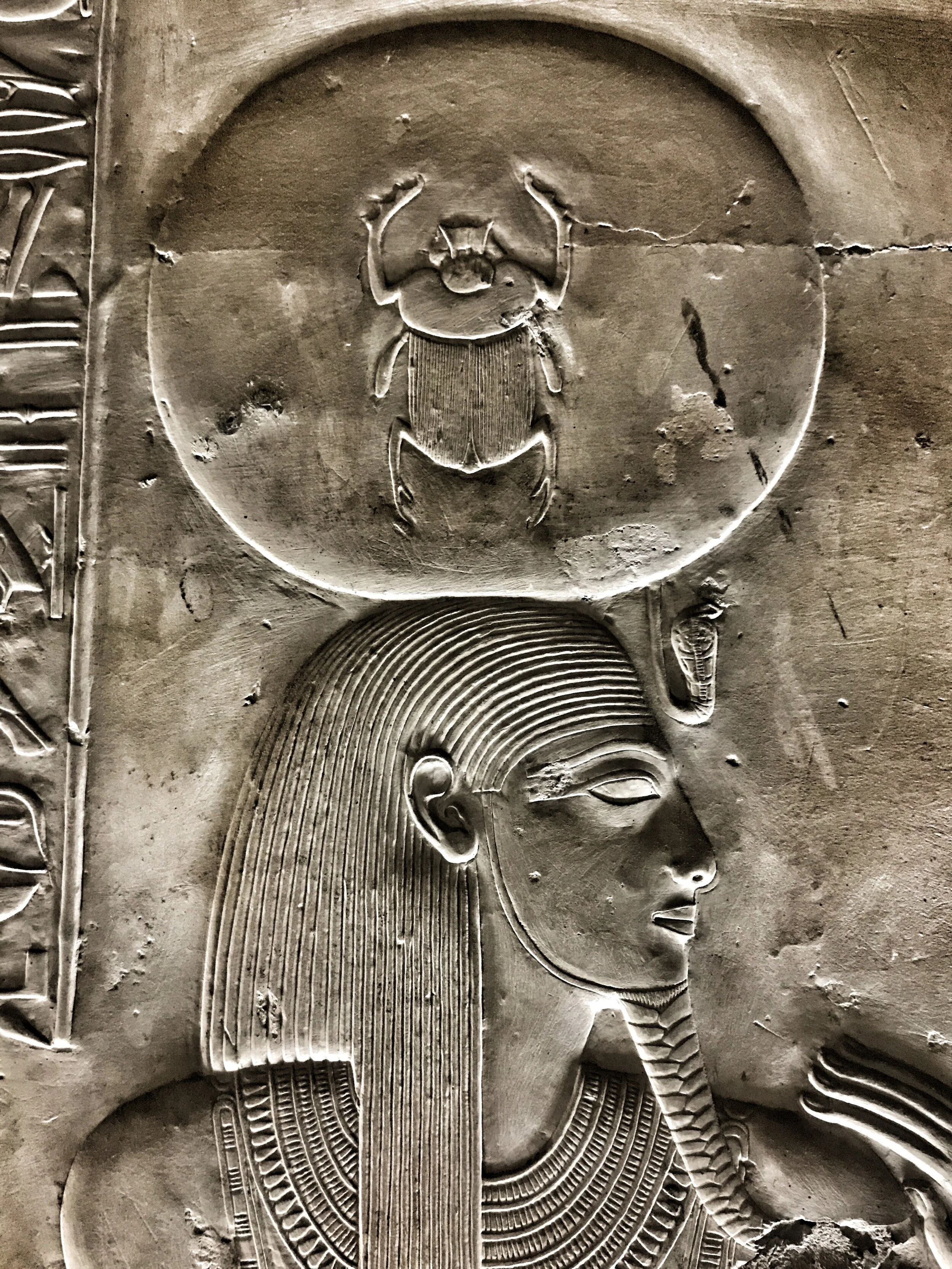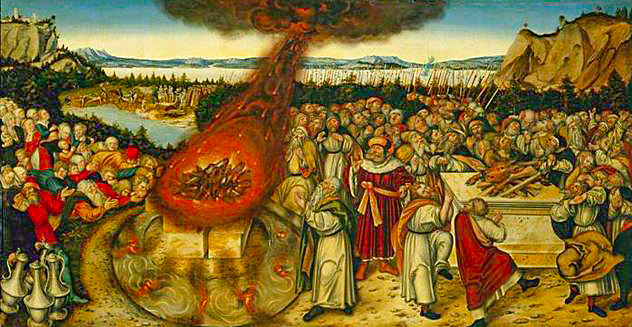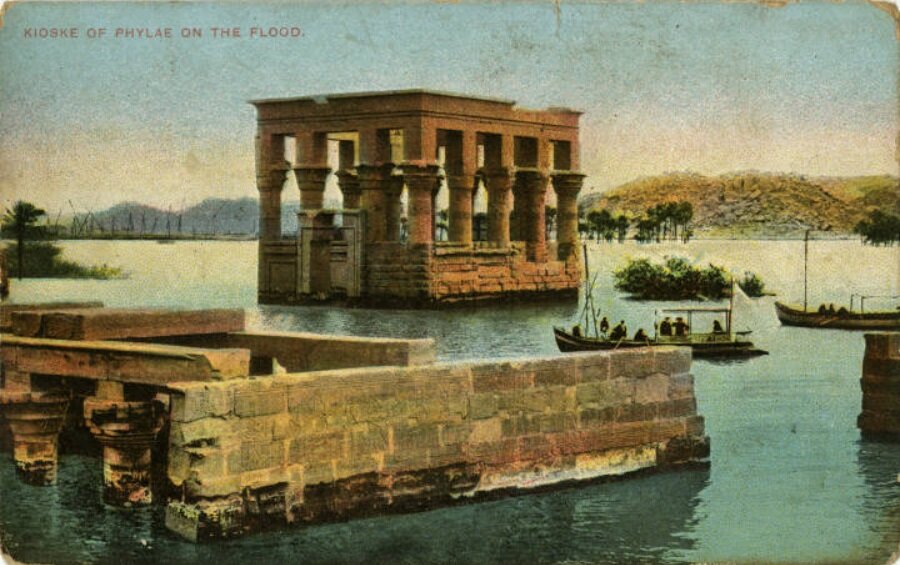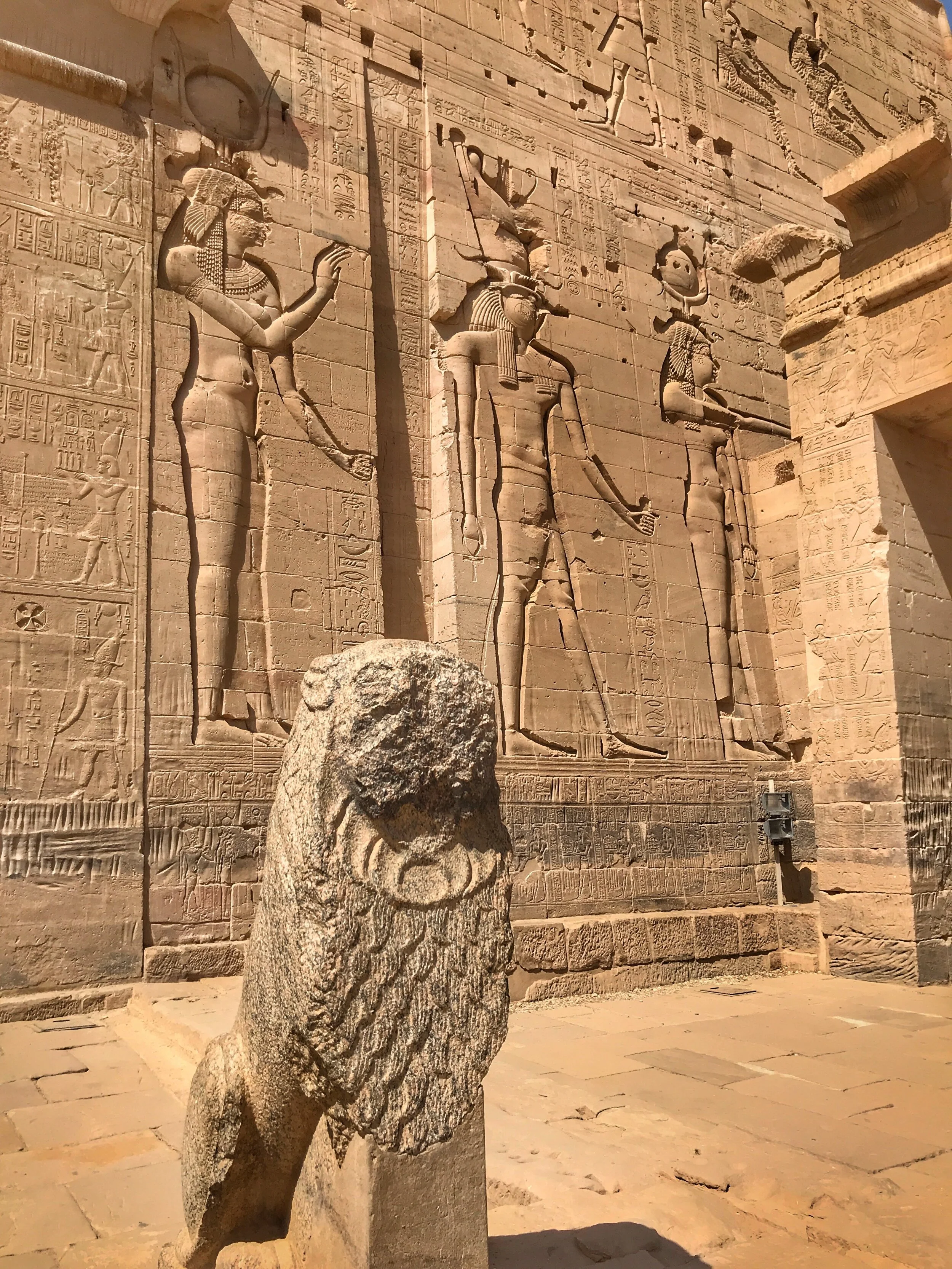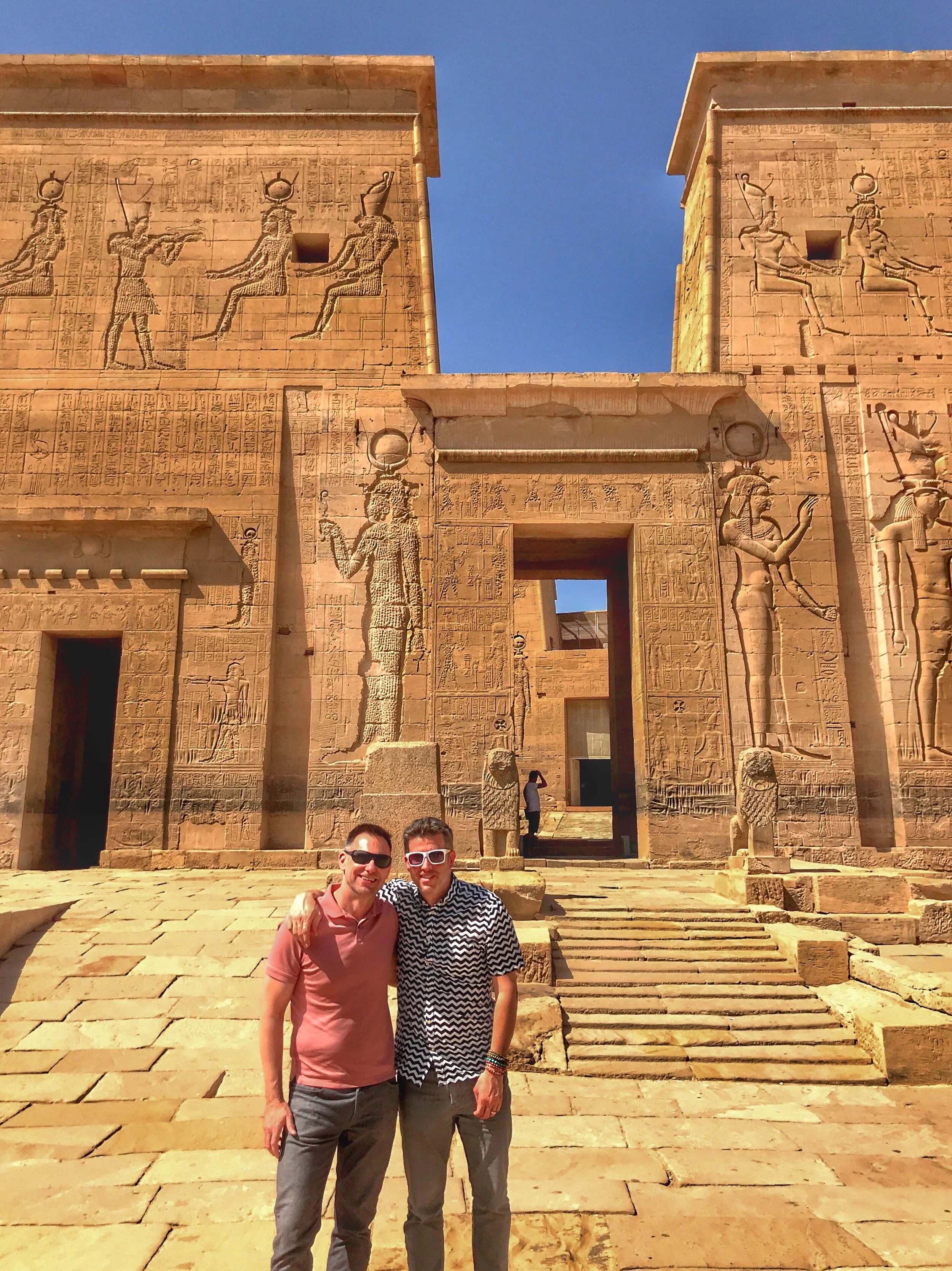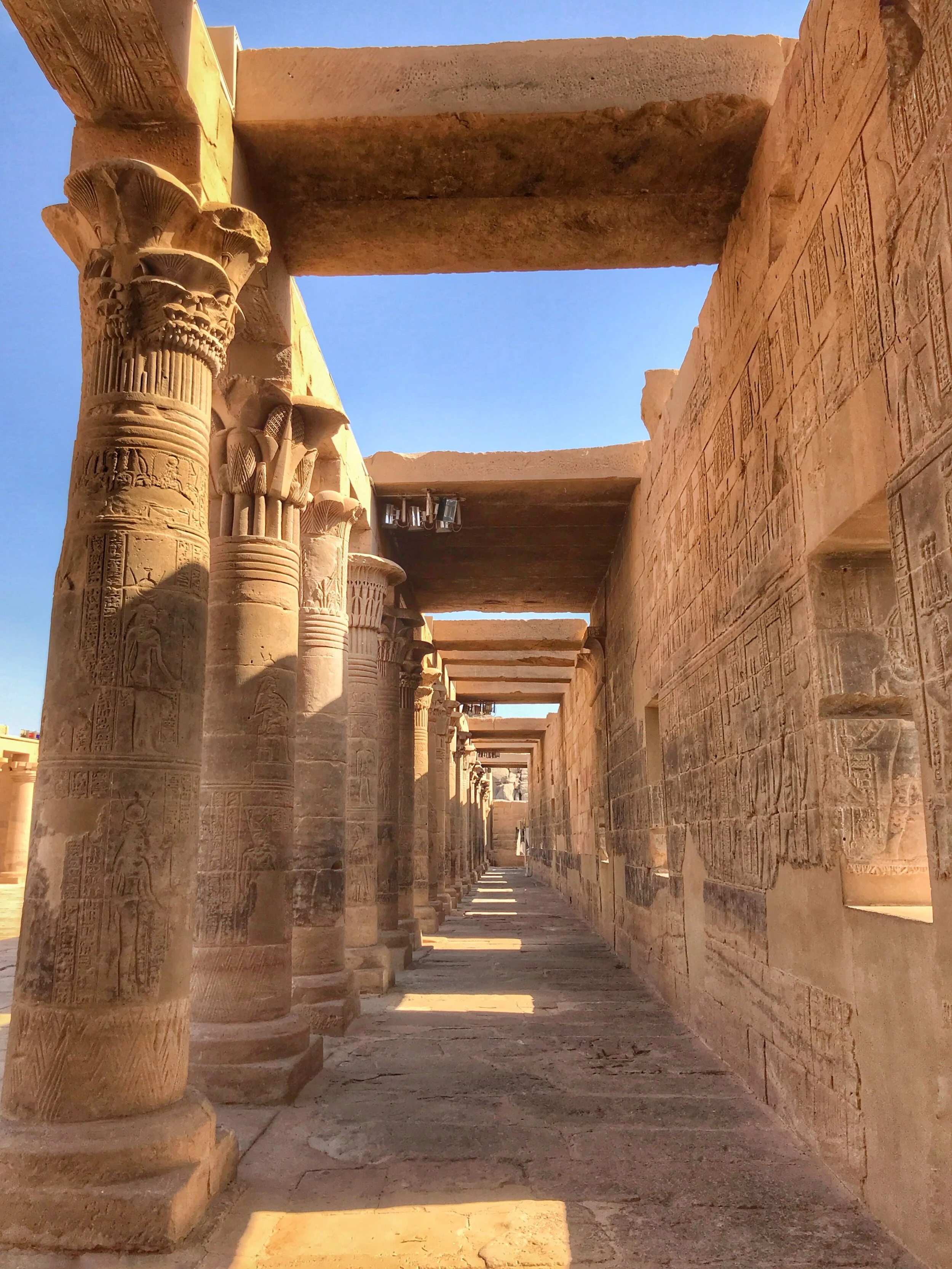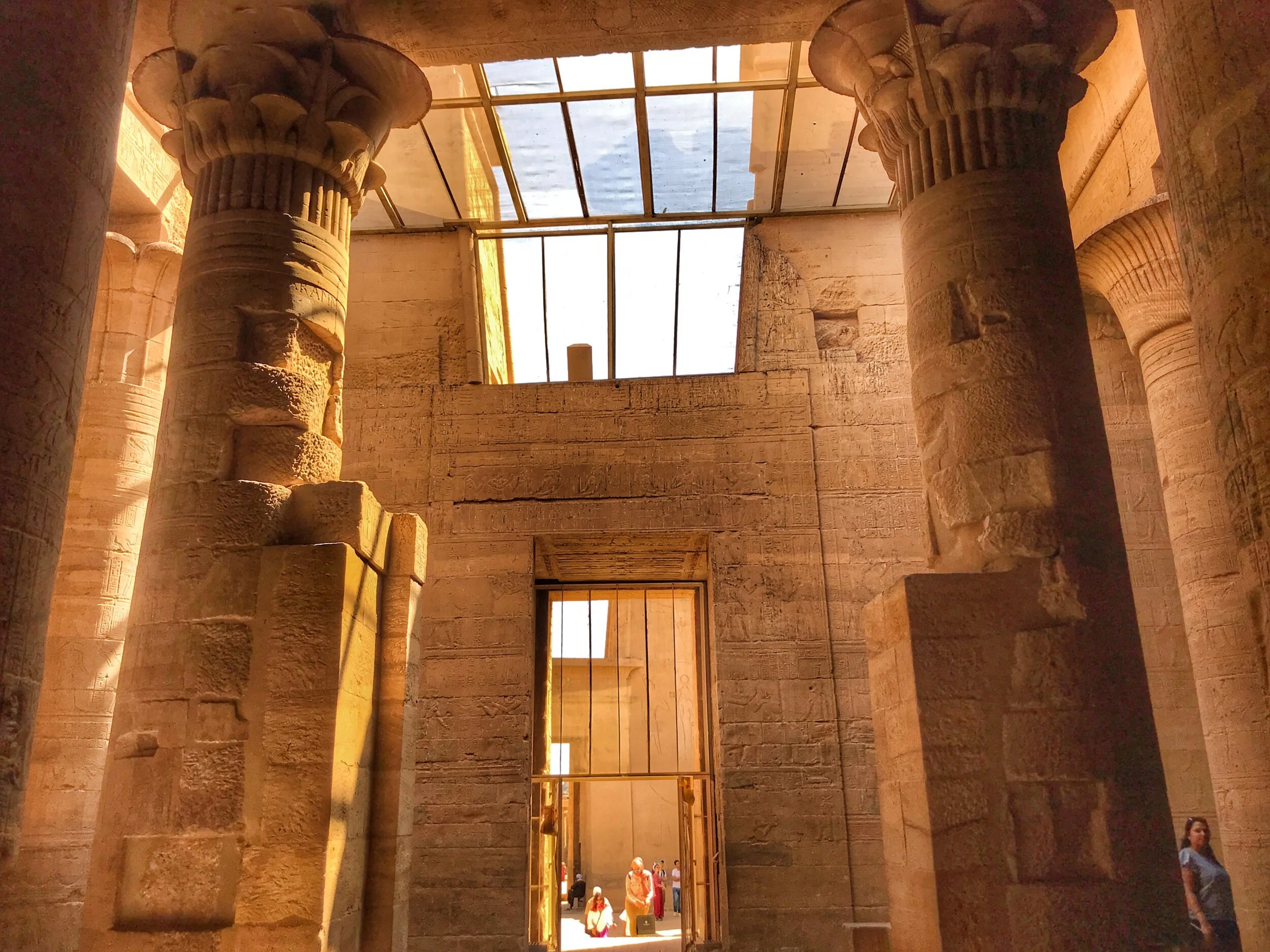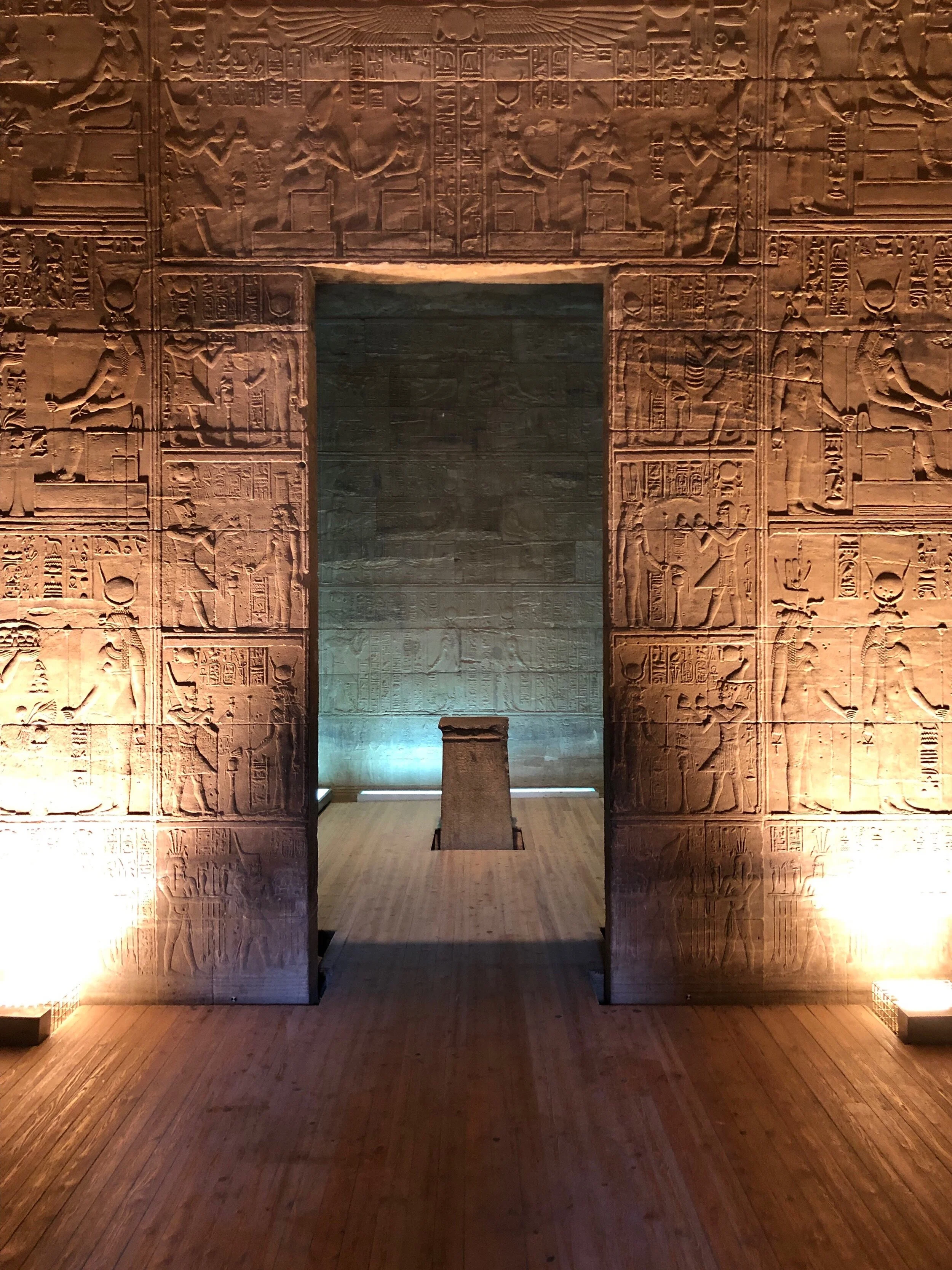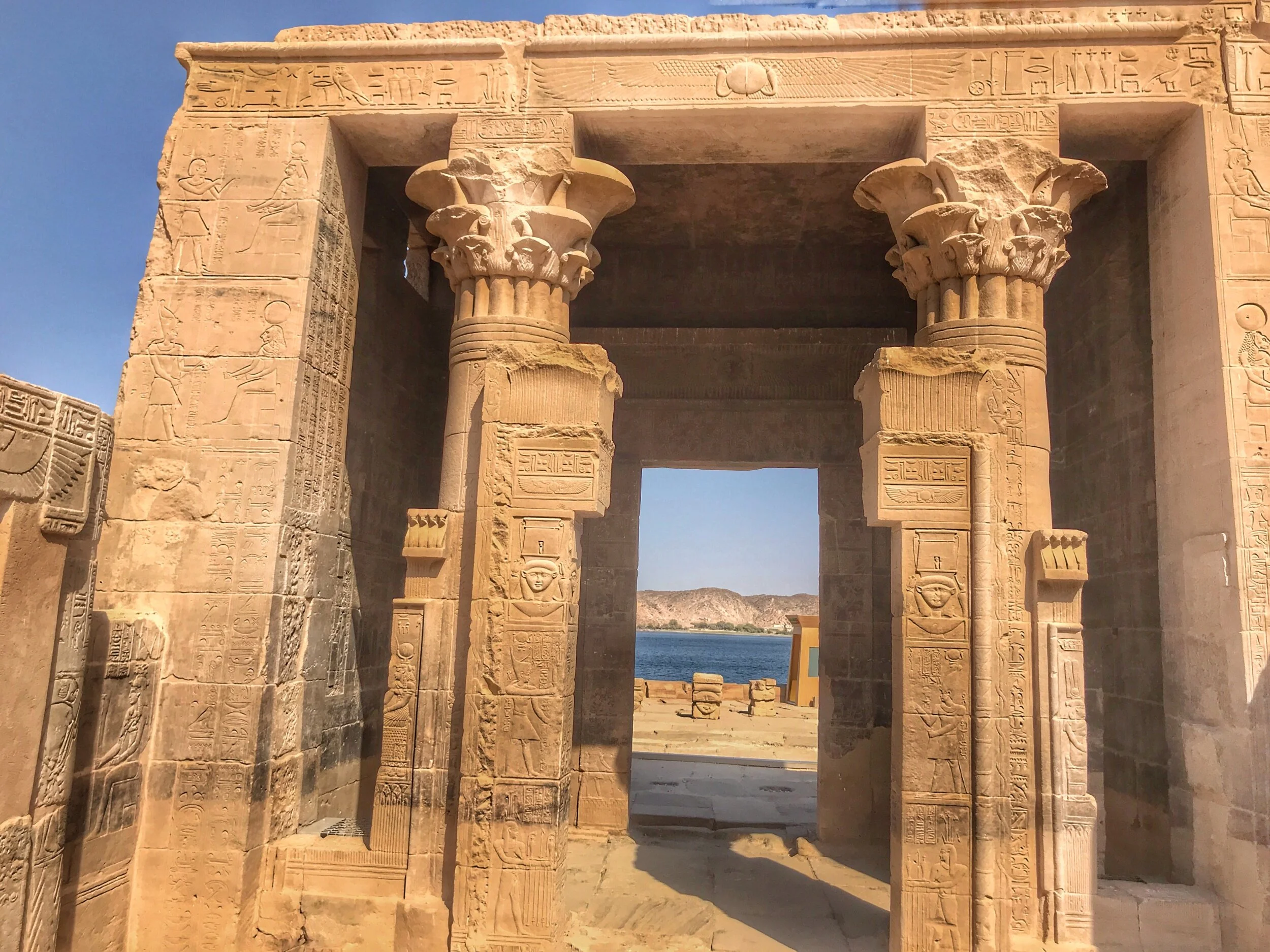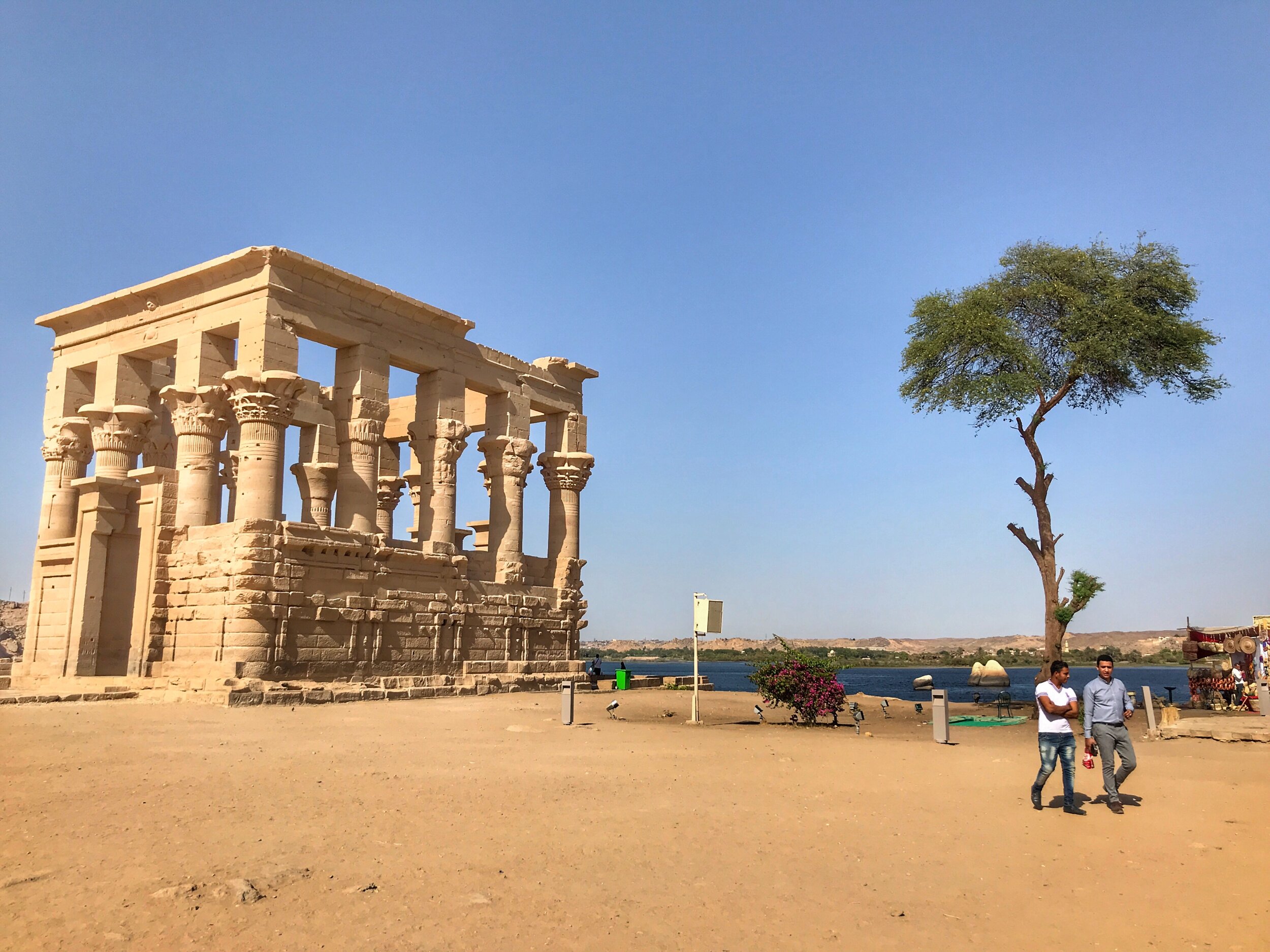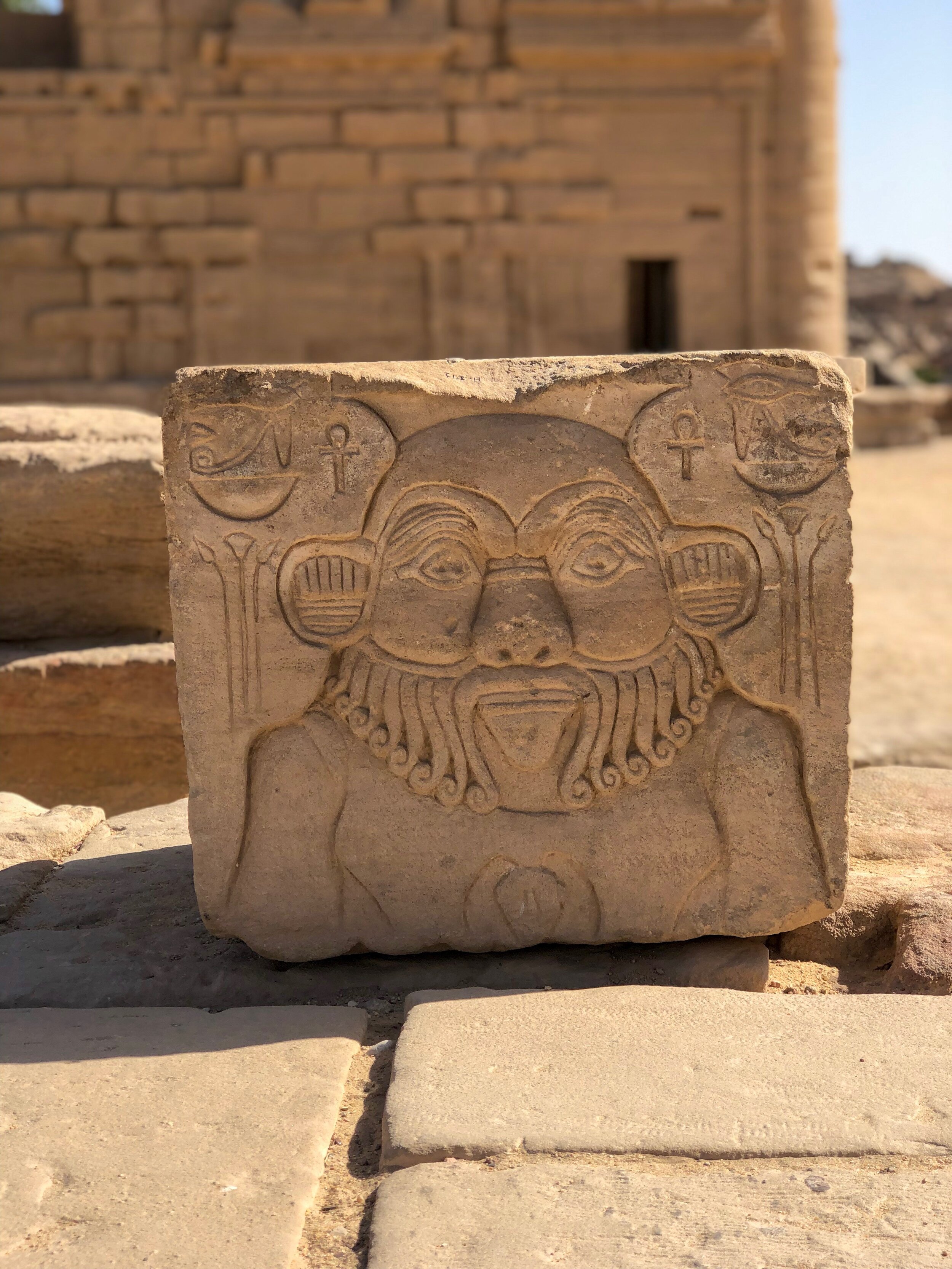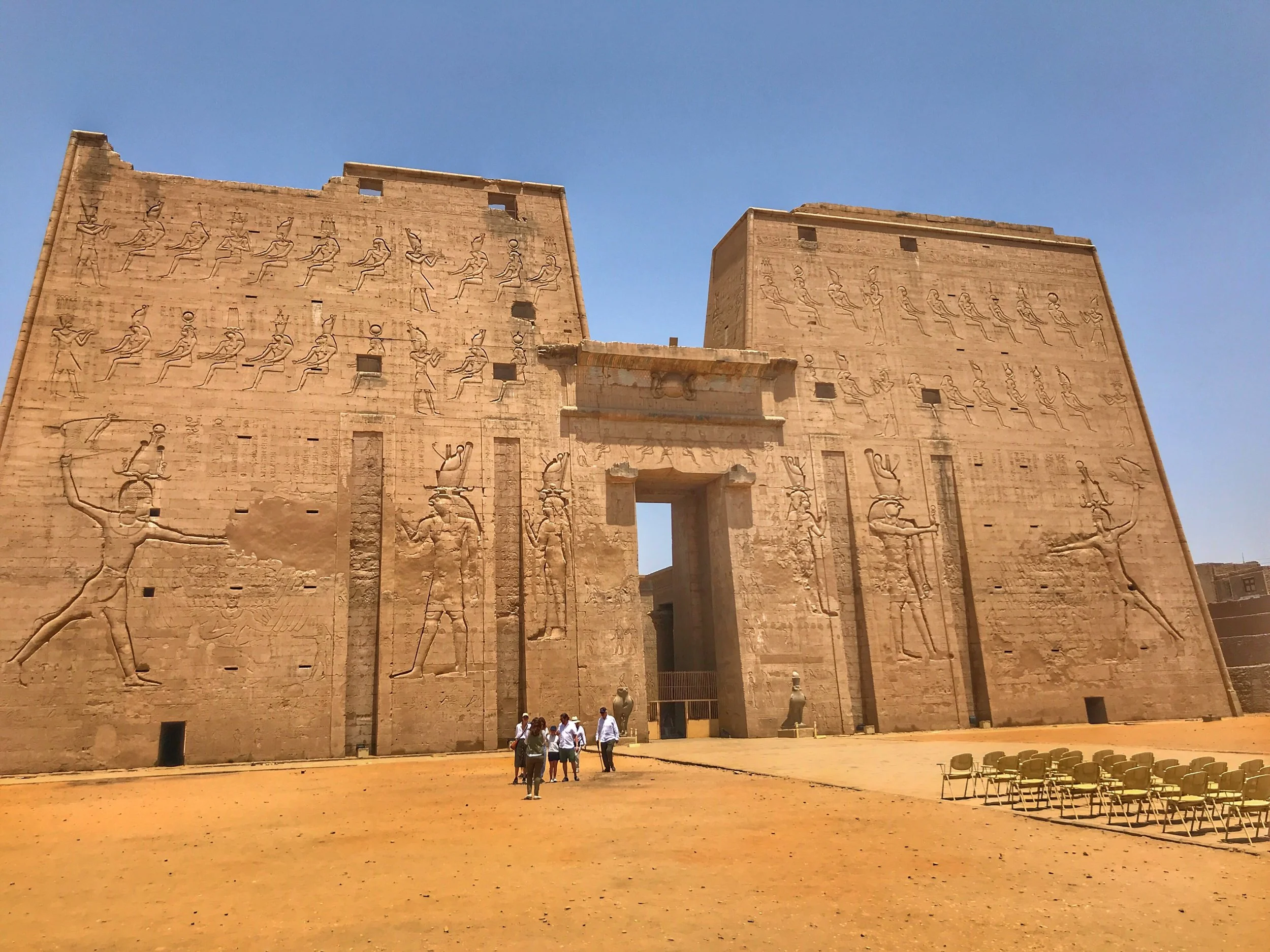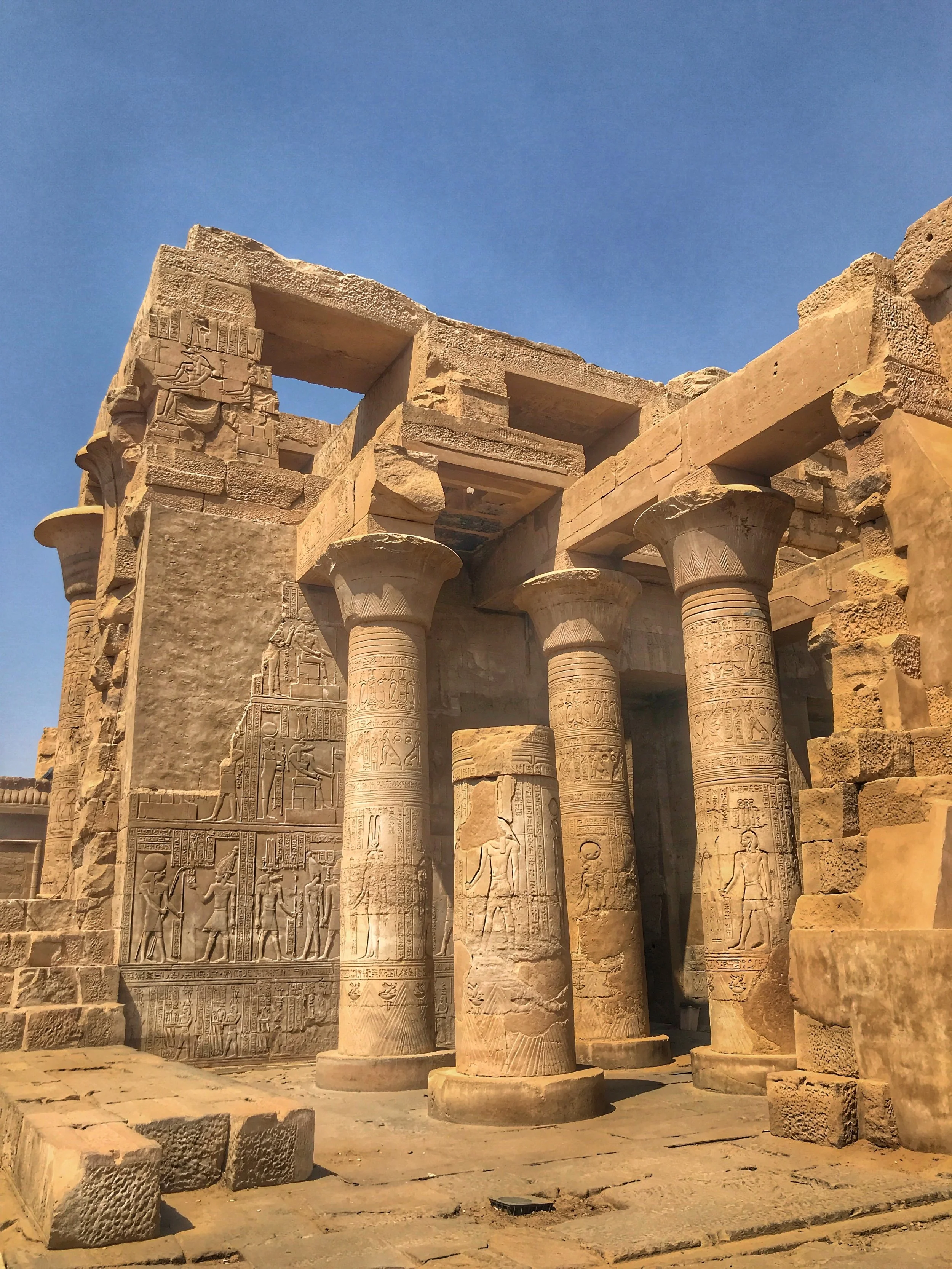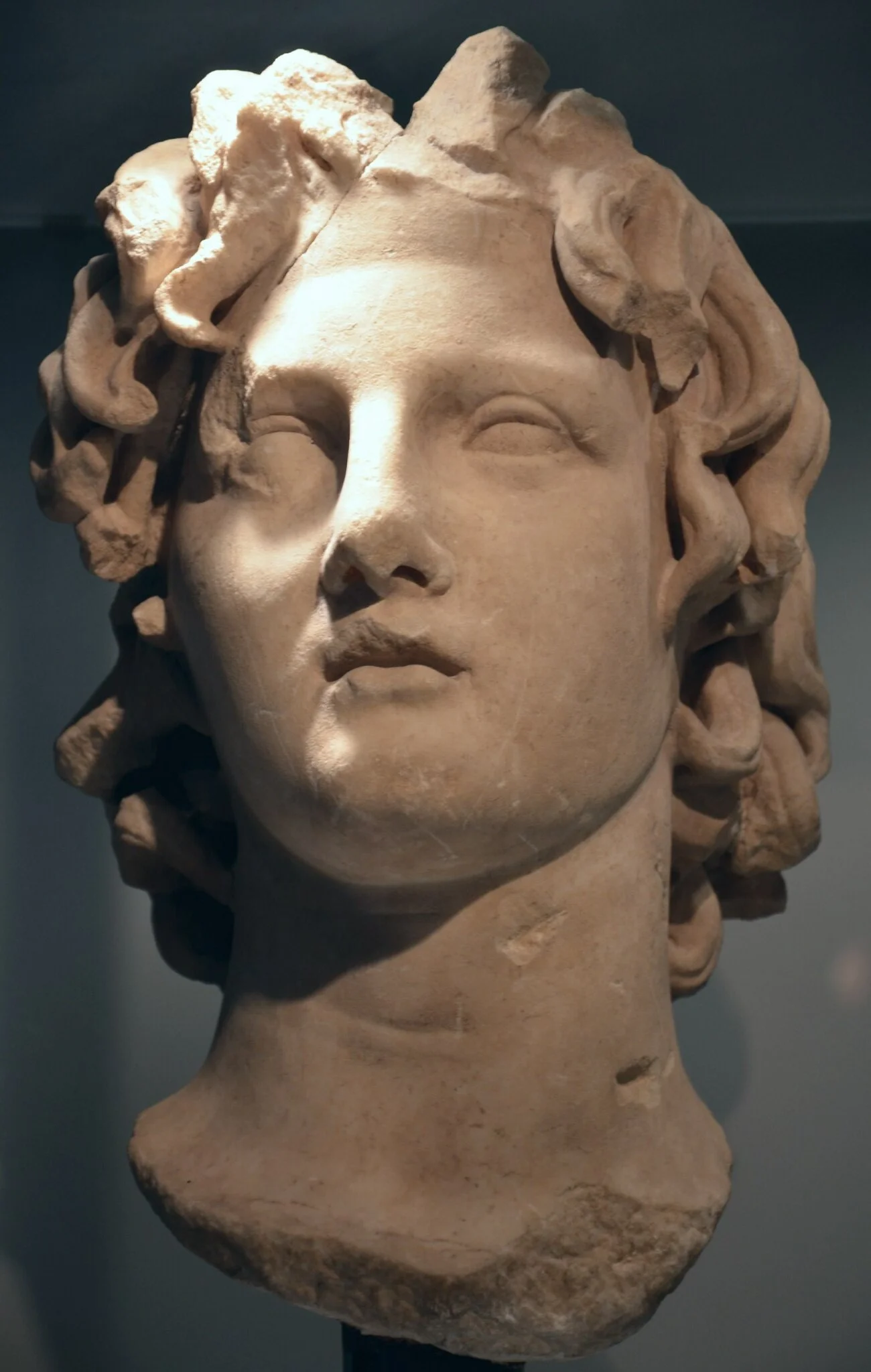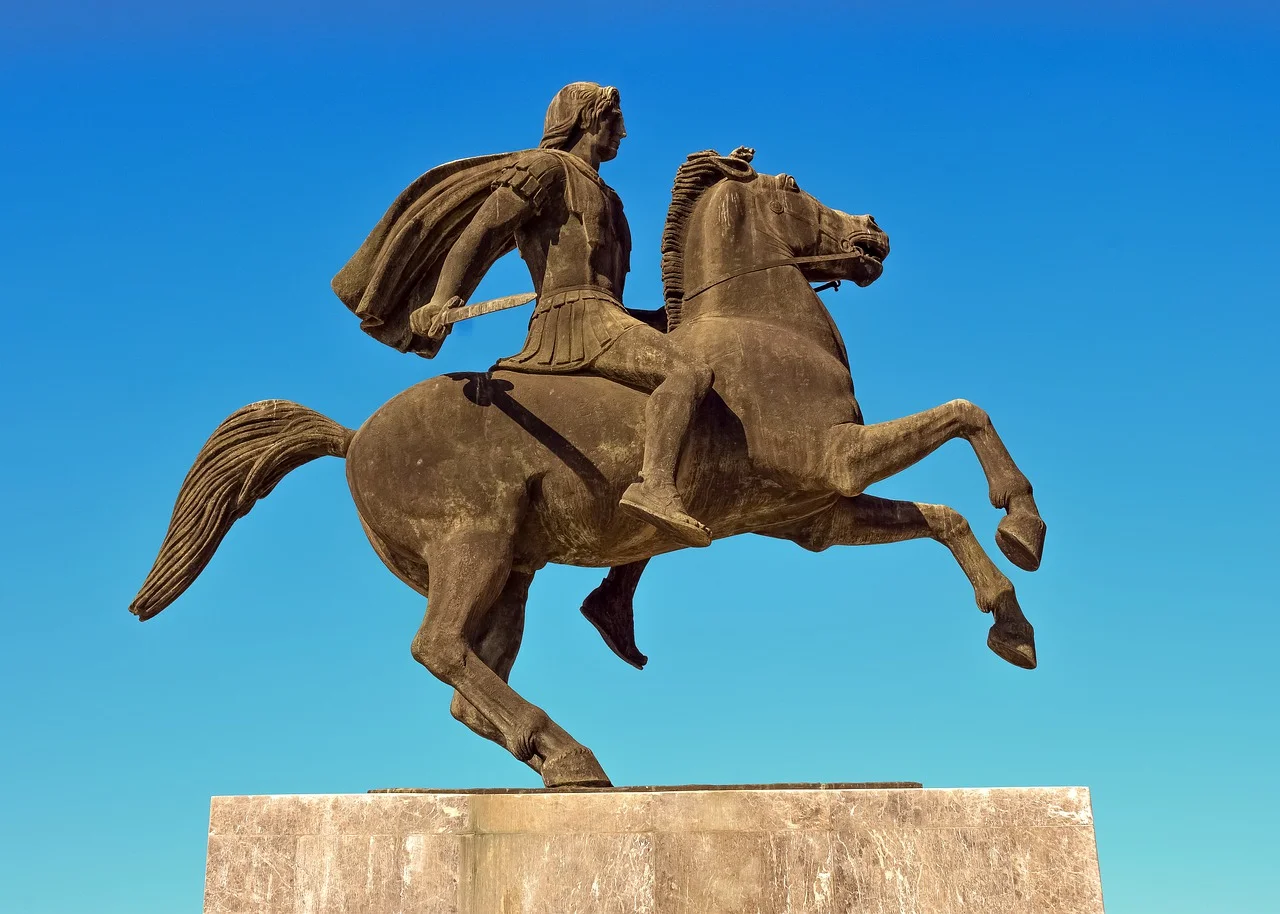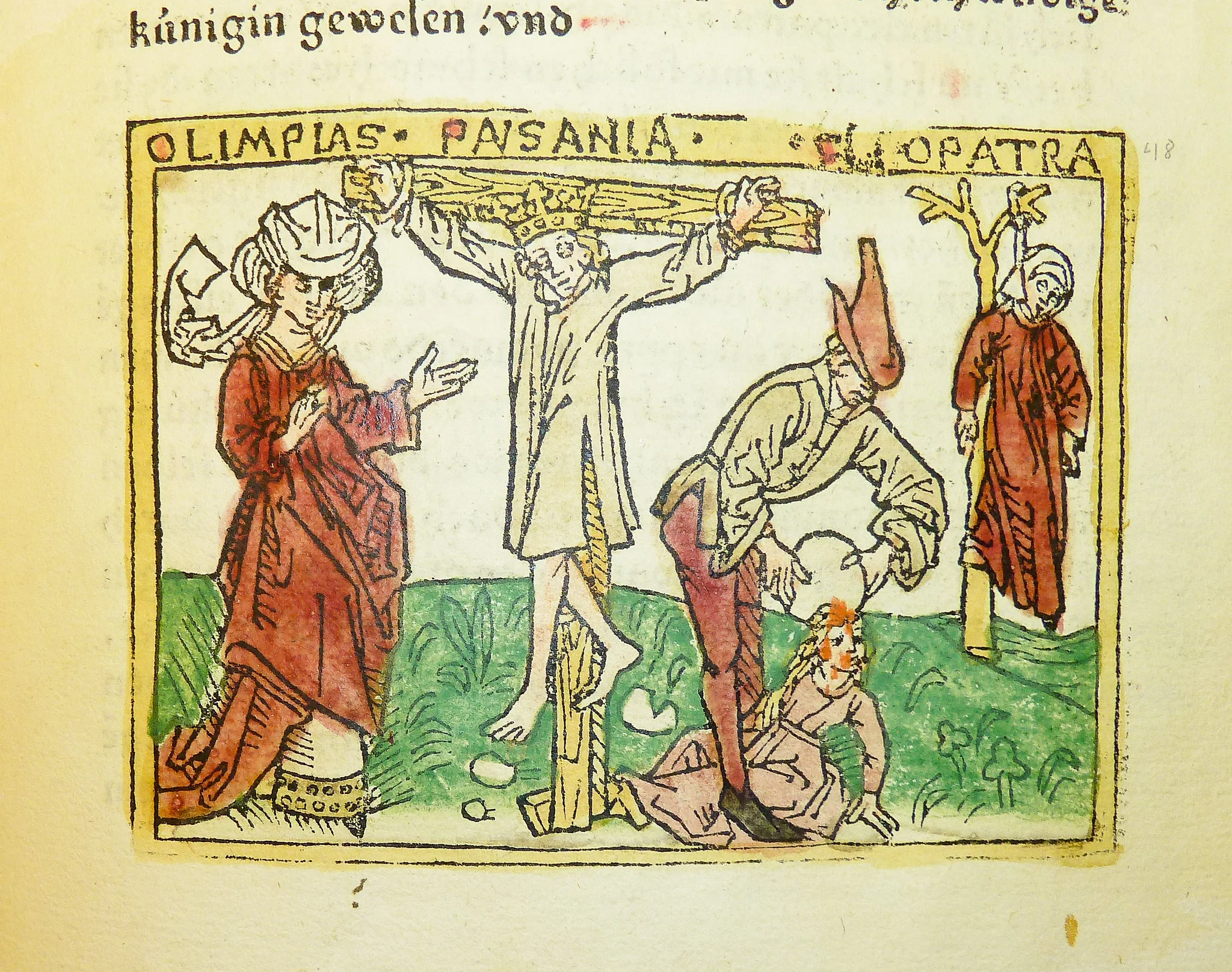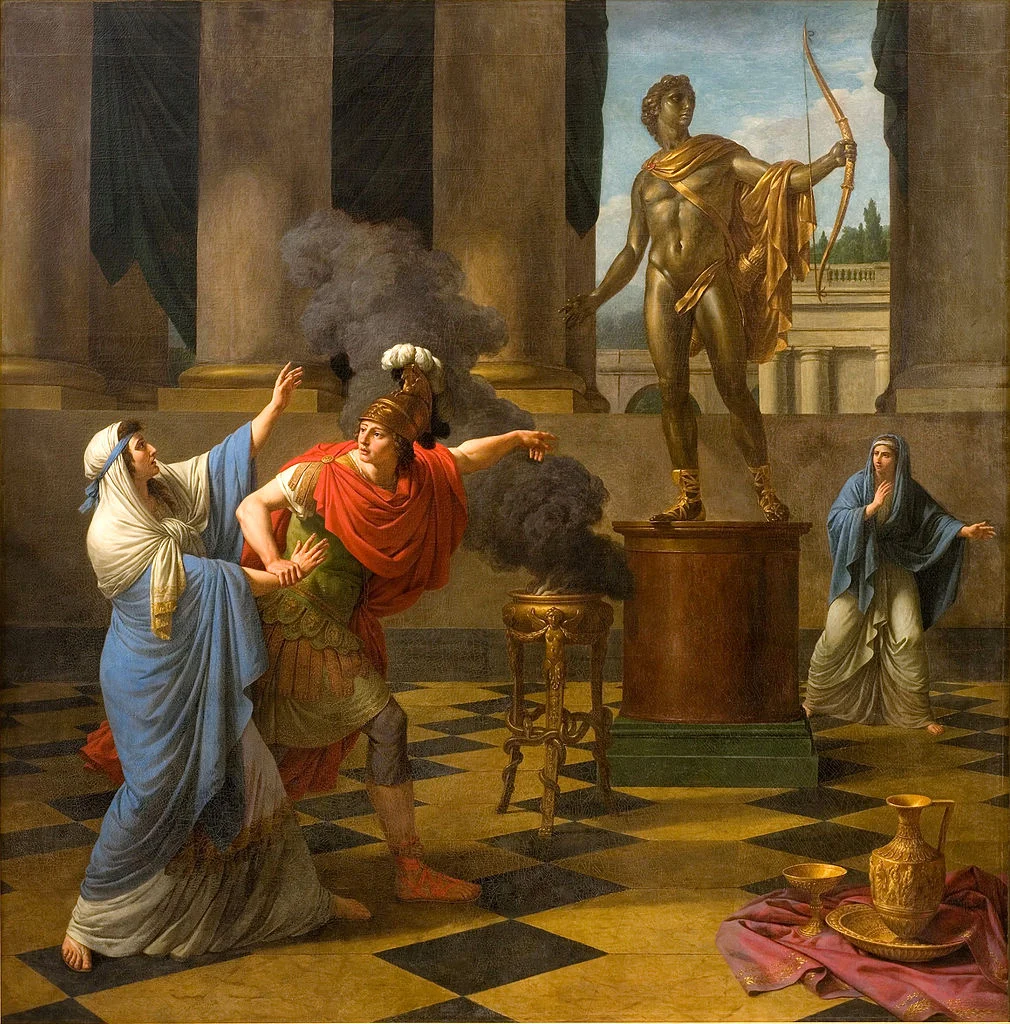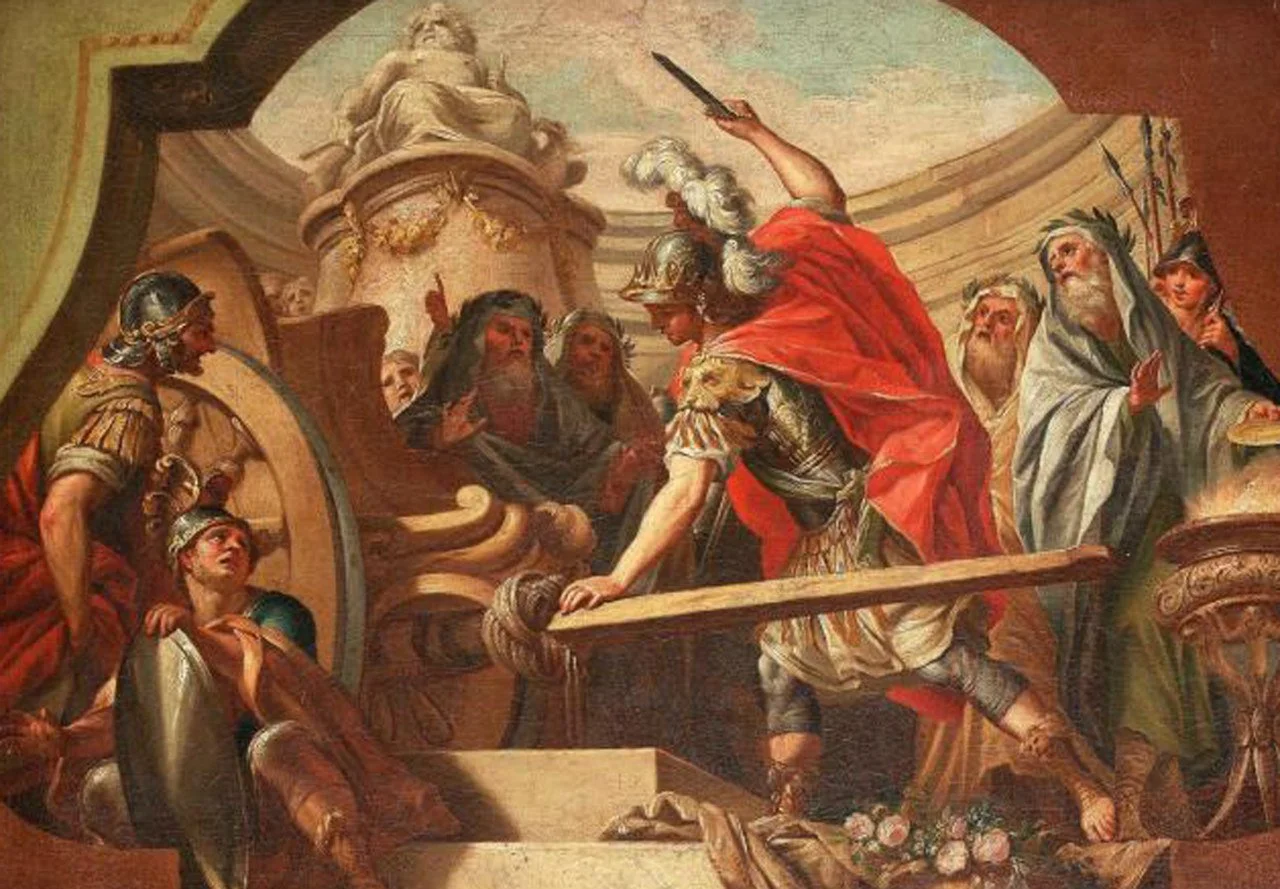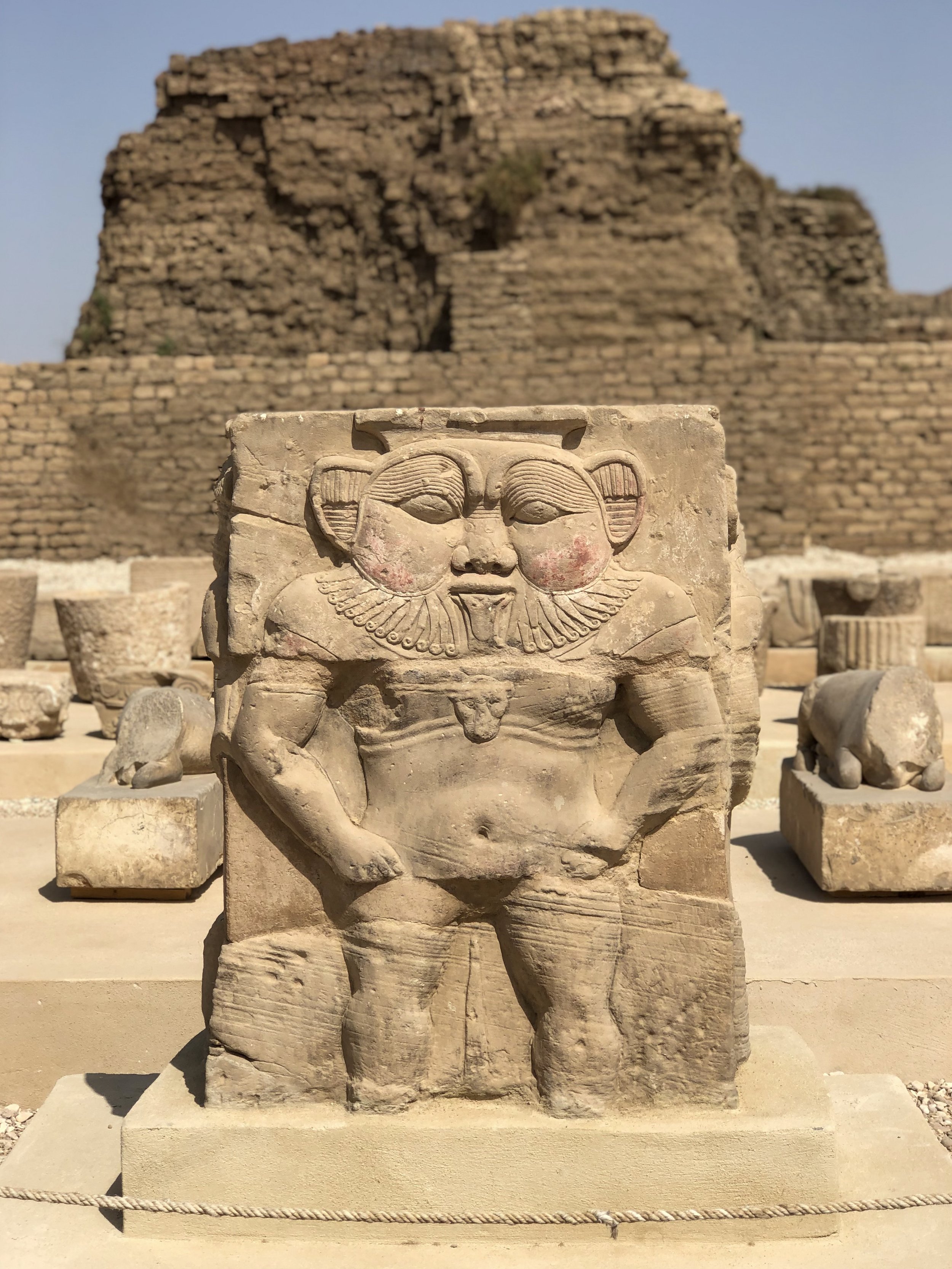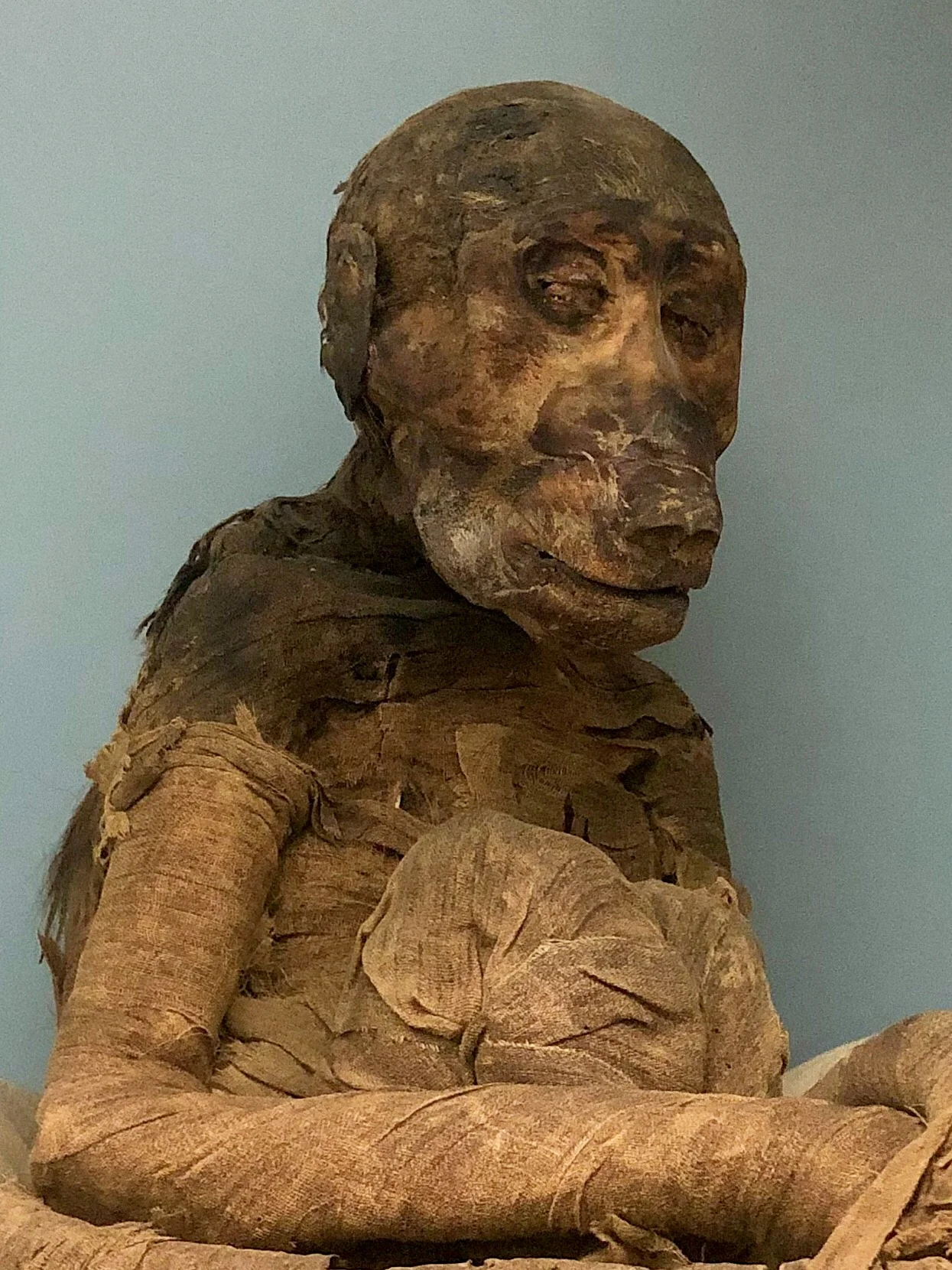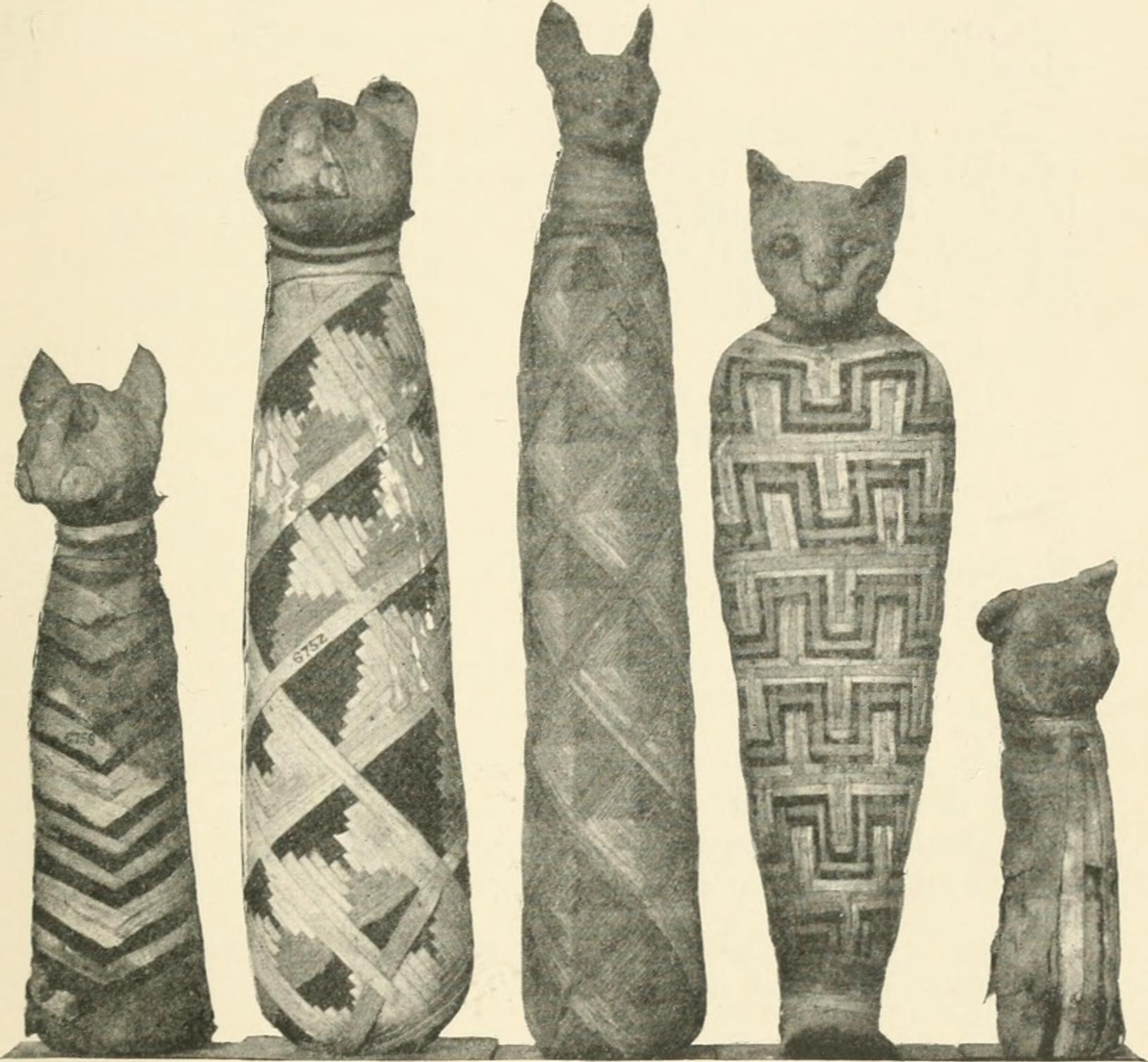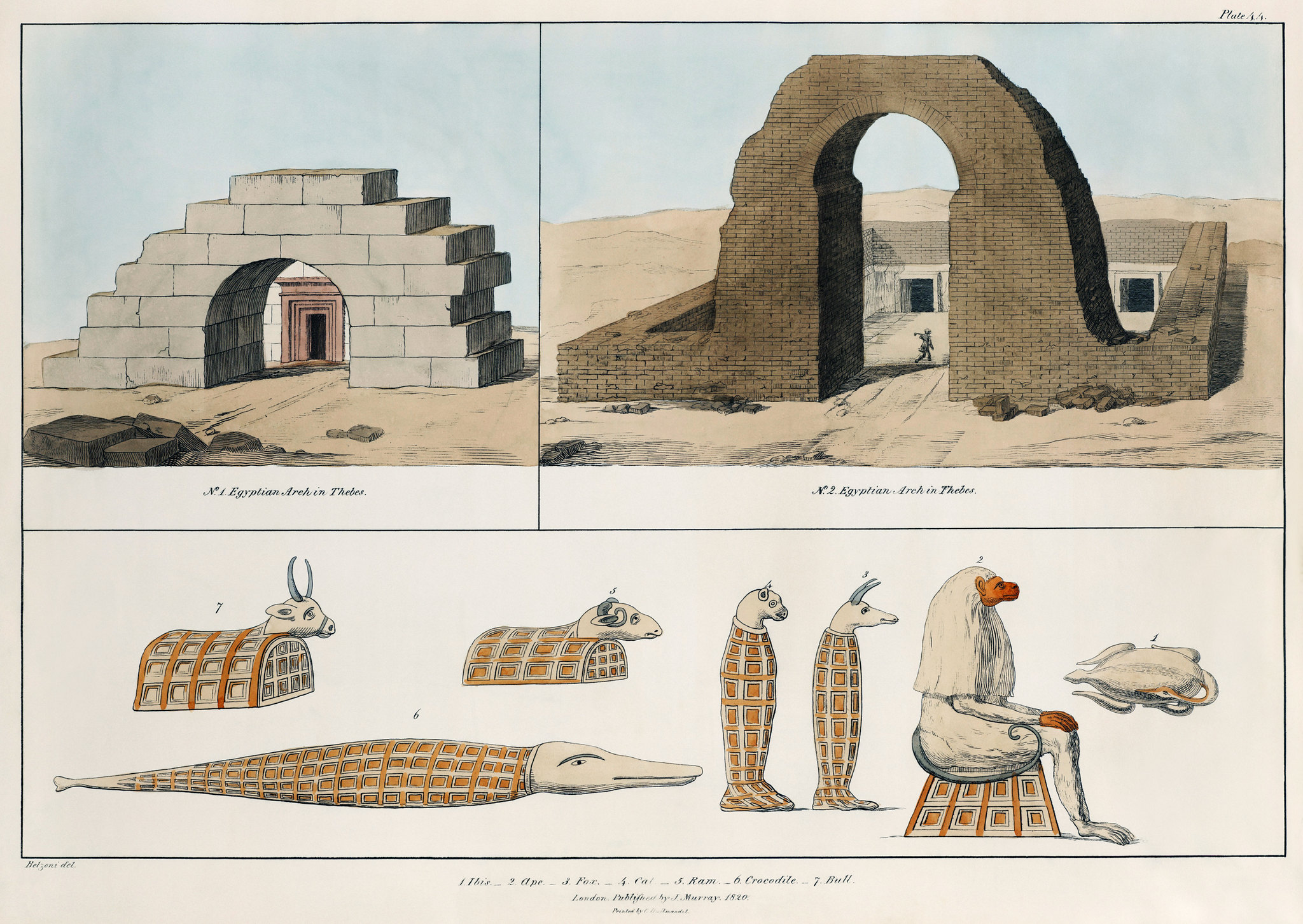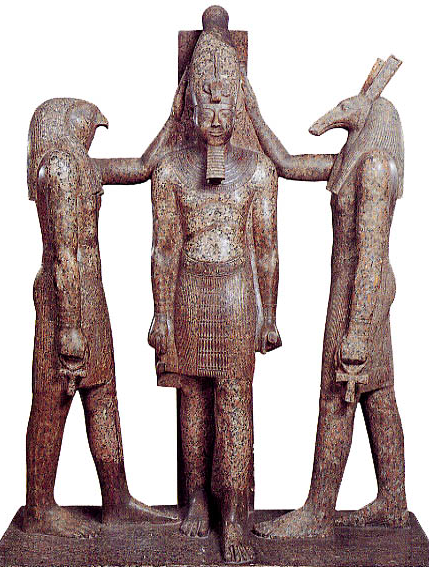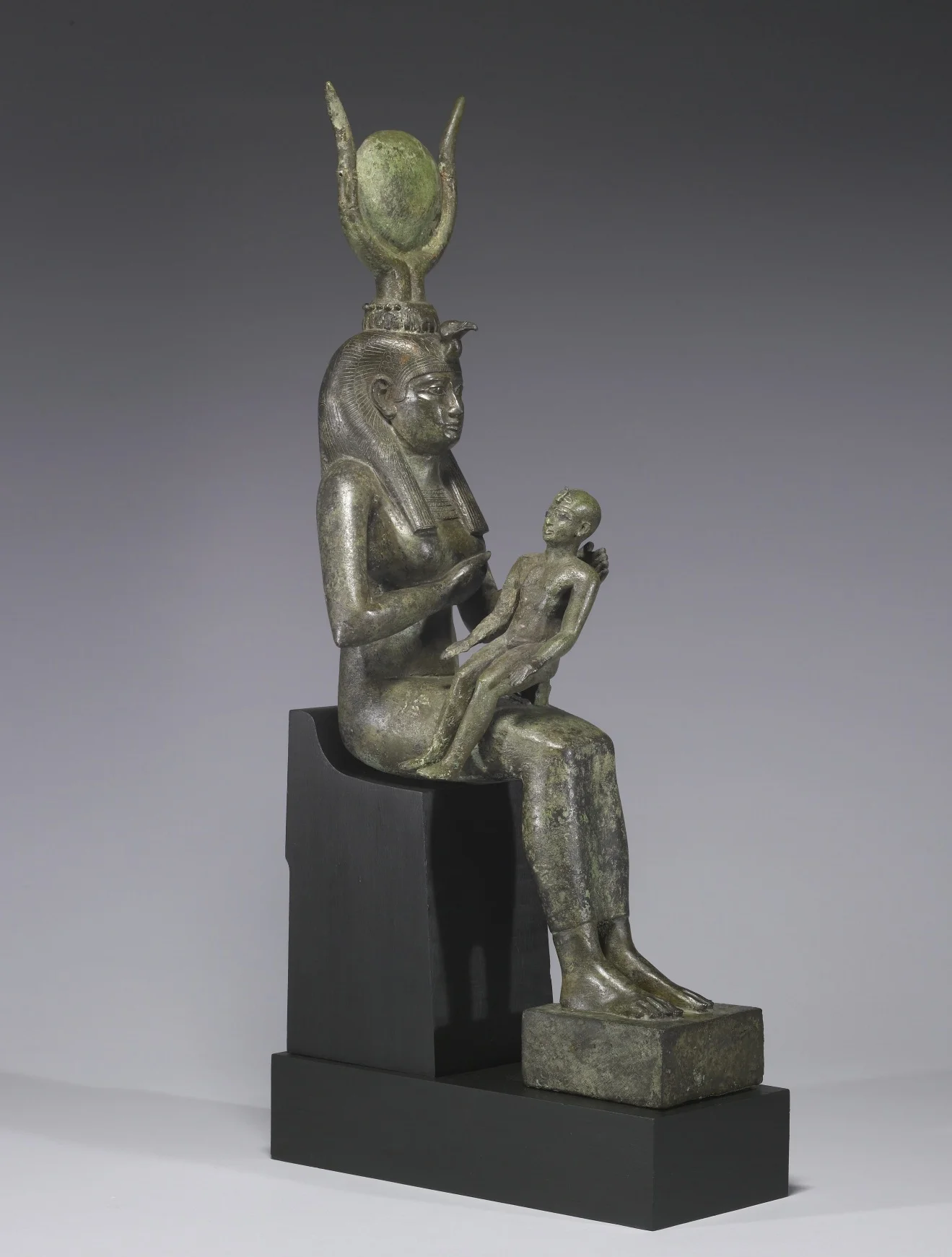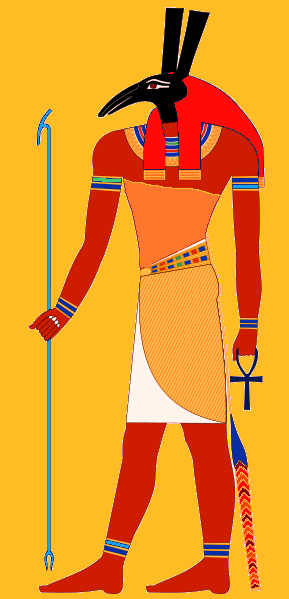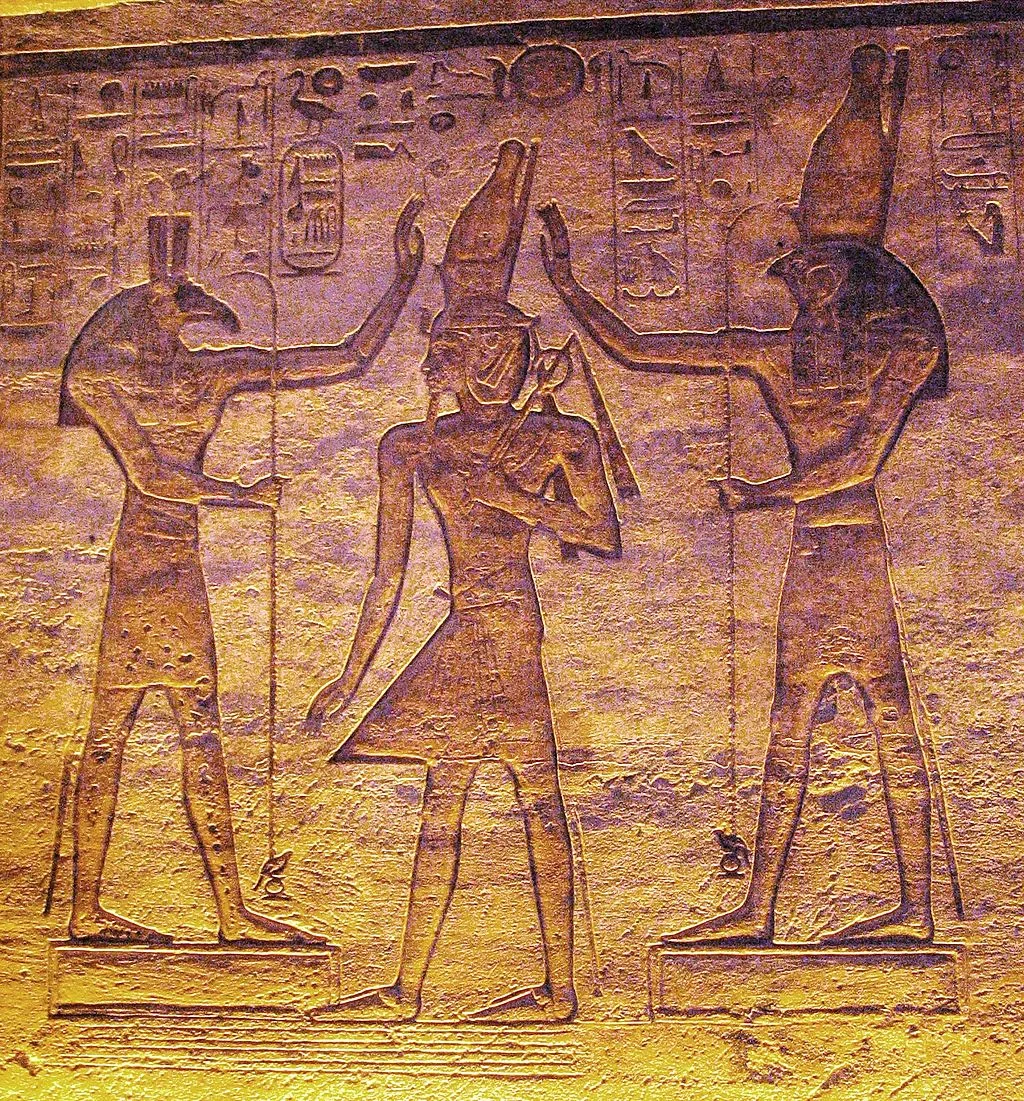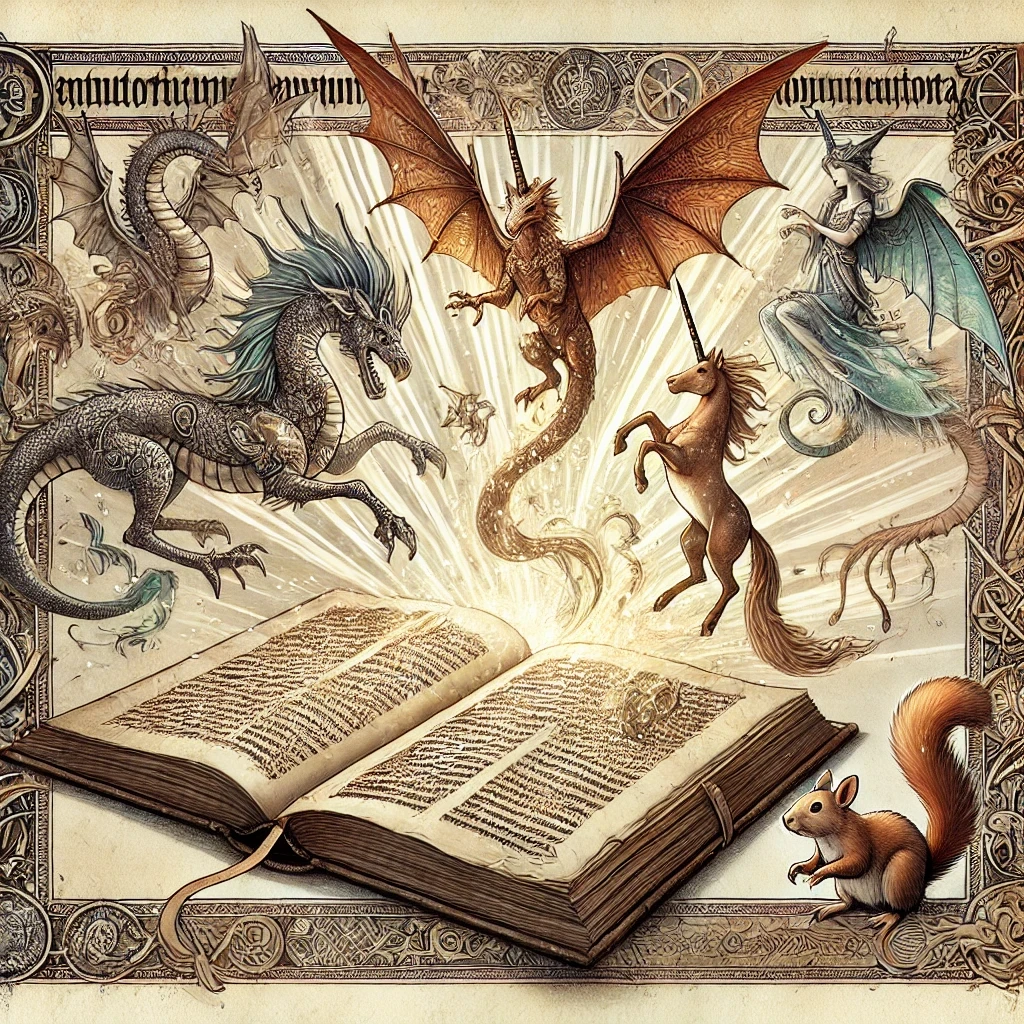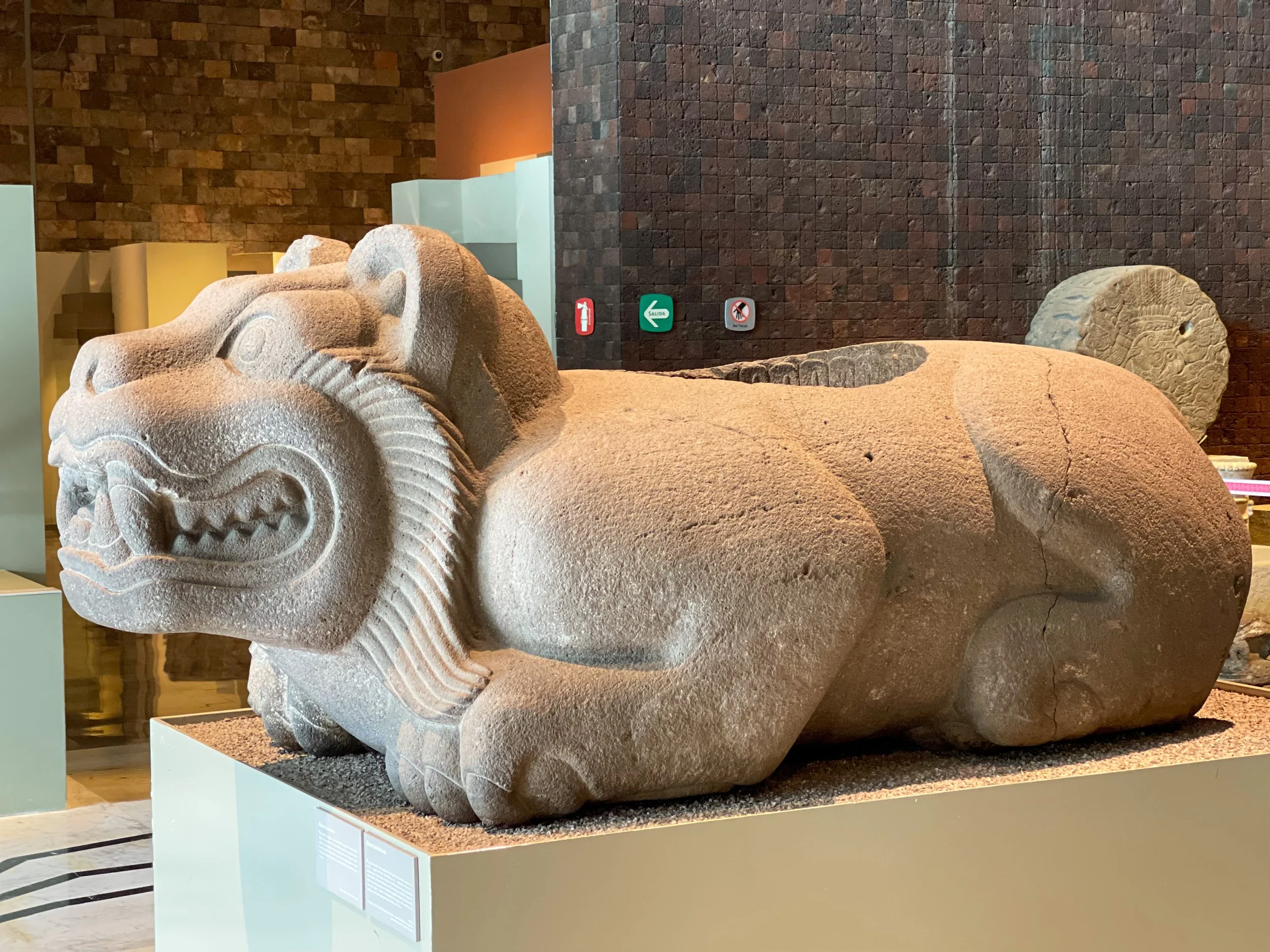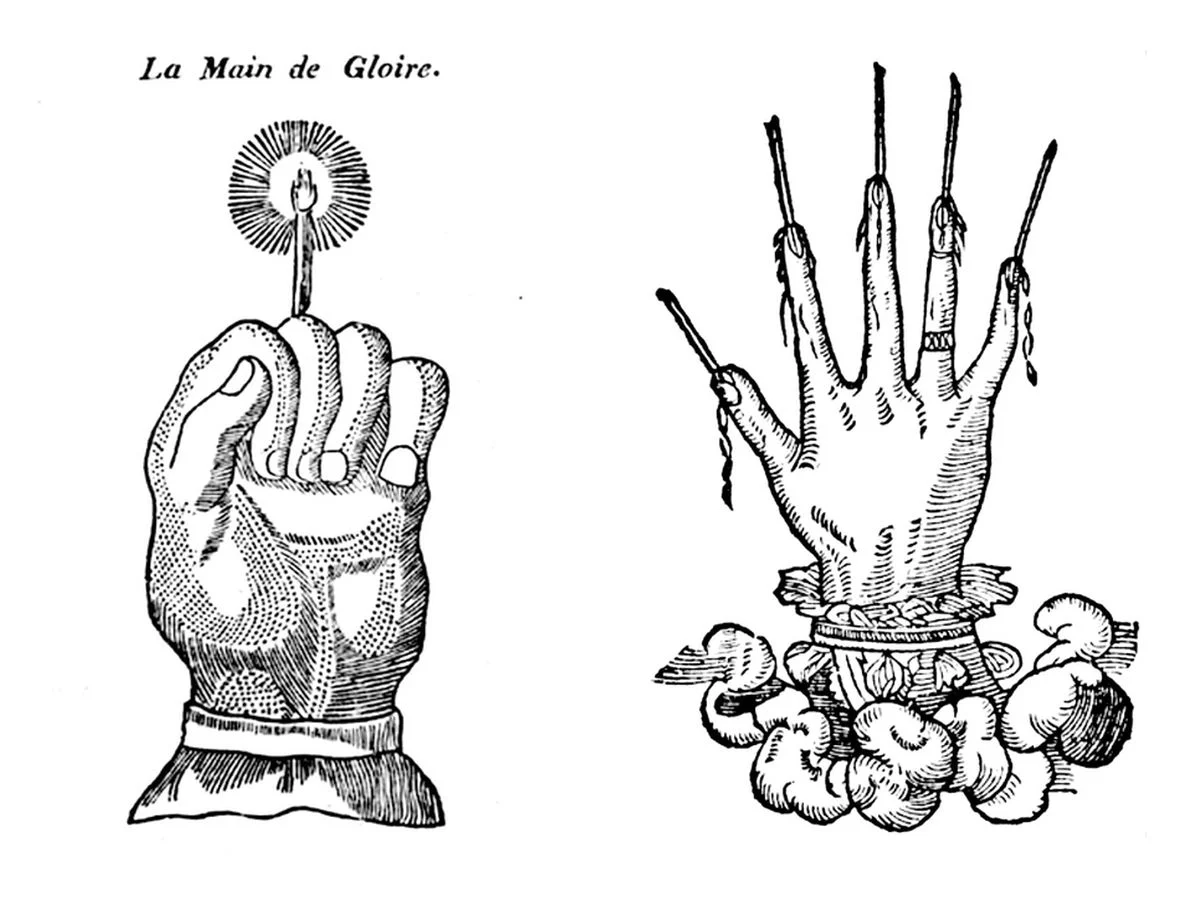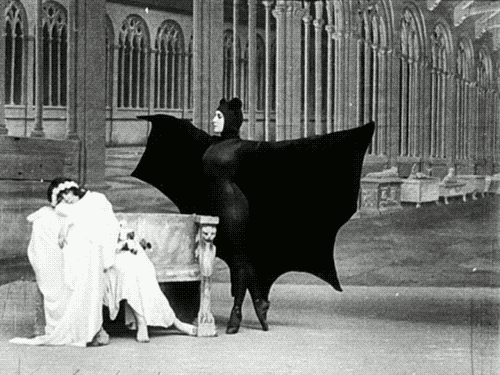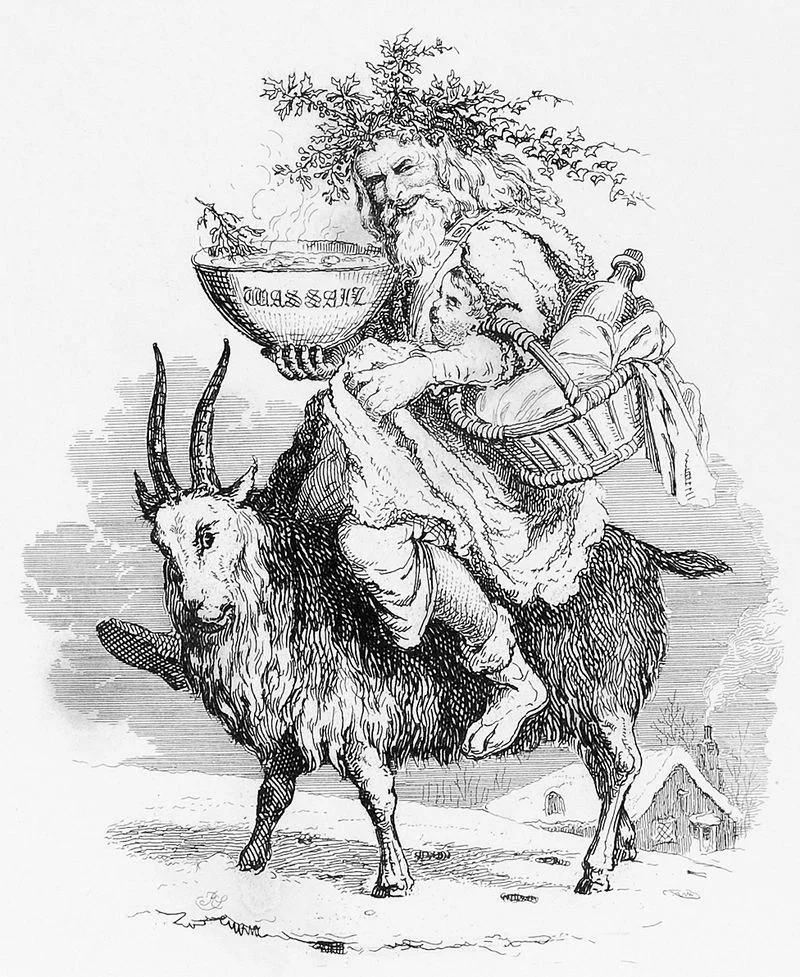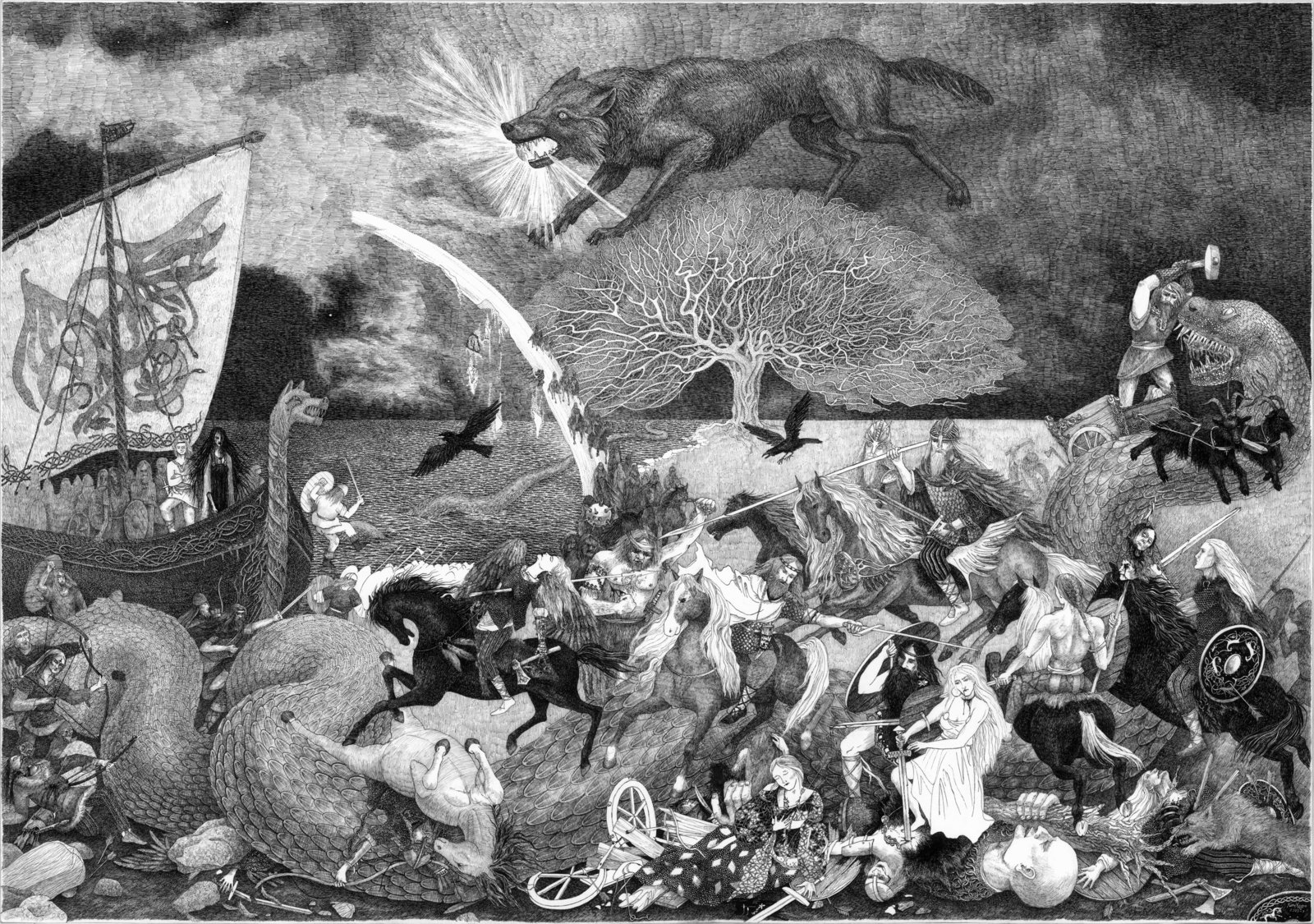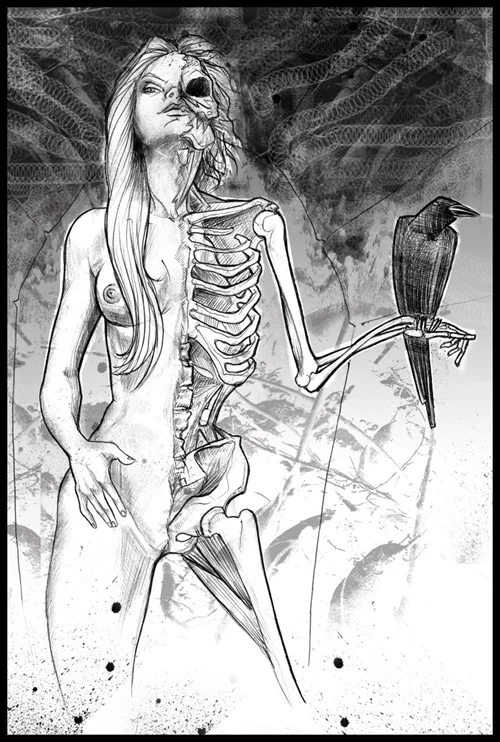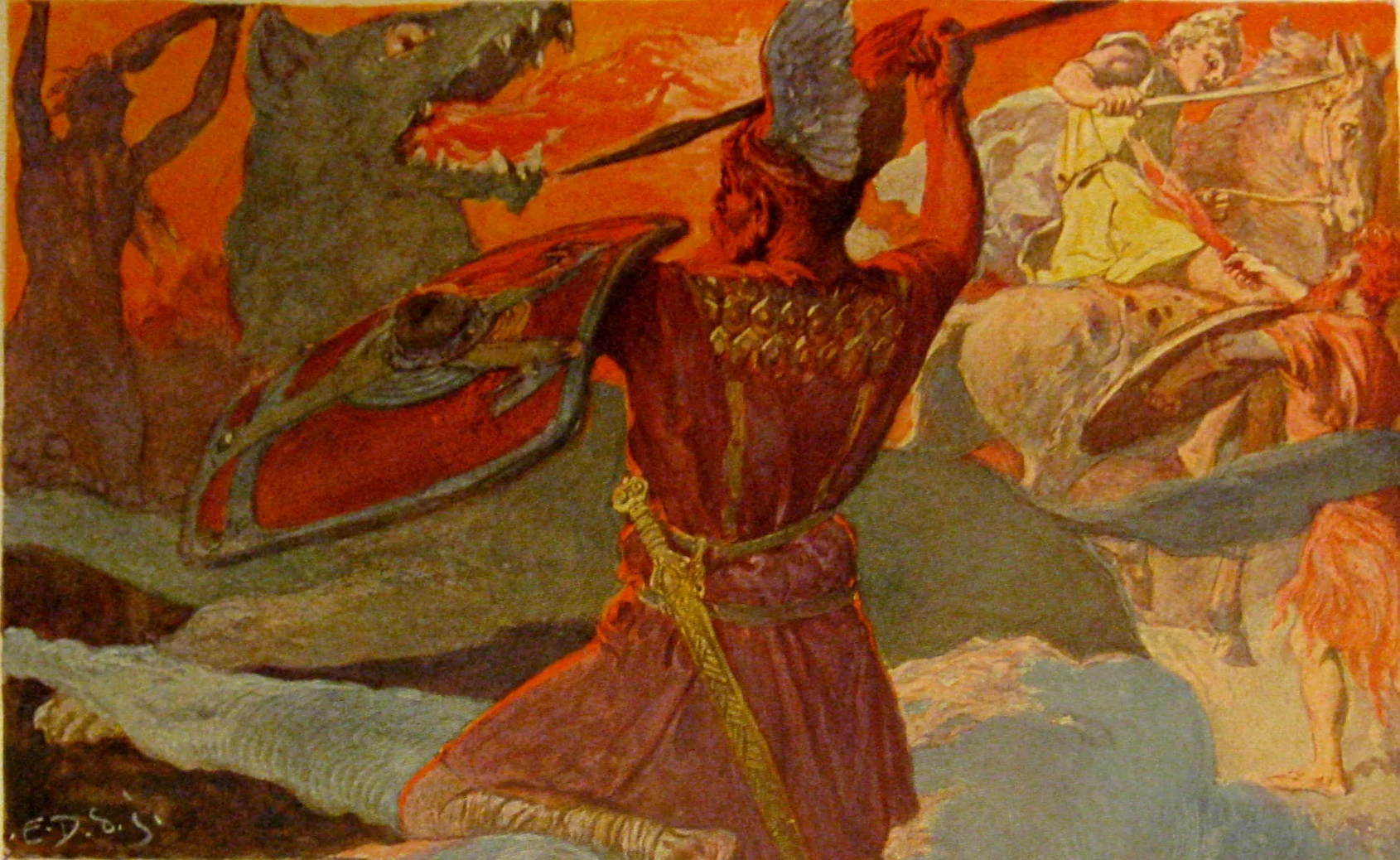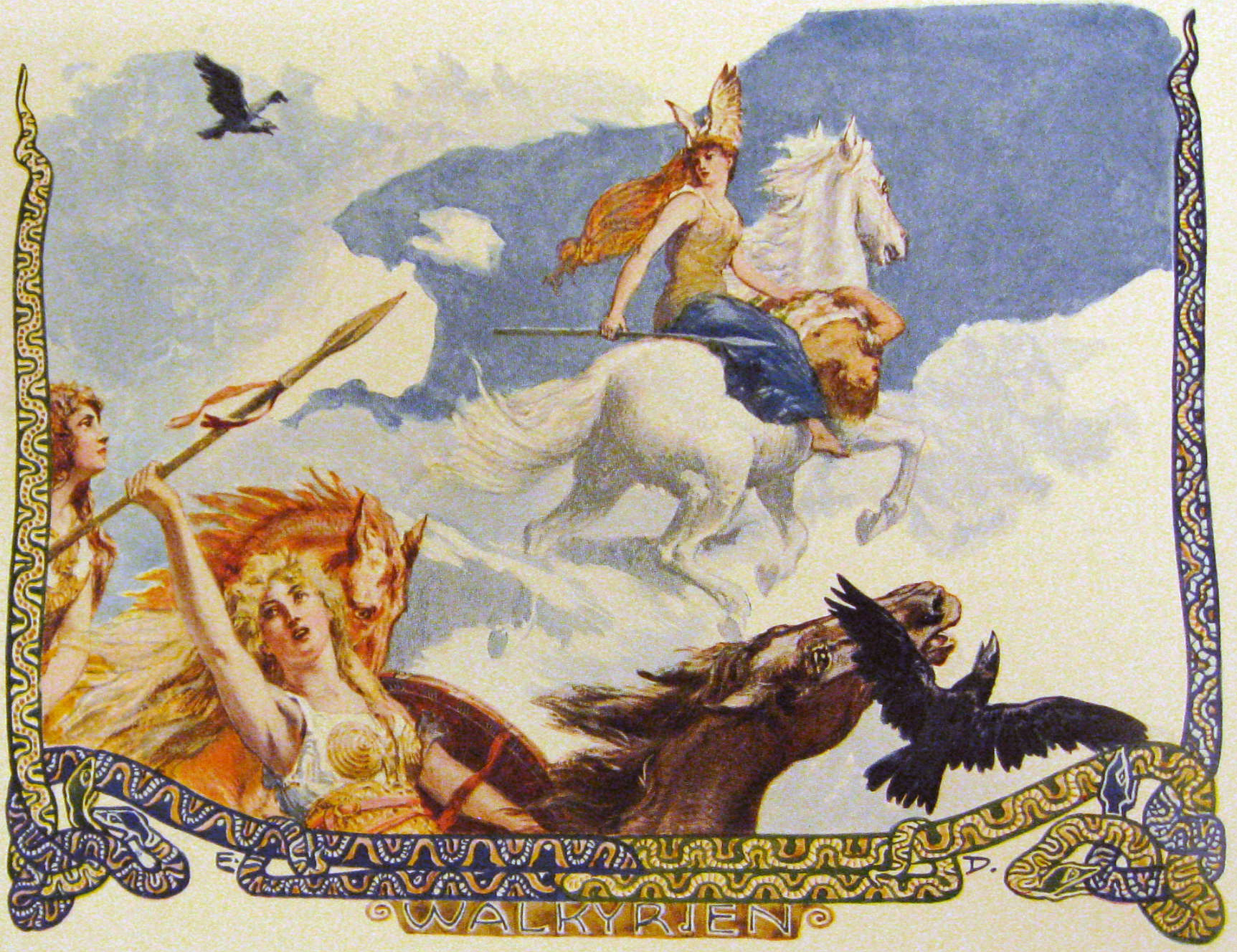Nut, Geb, Bes and Ptah, oh my! A who’s who of Egyptian deities.
Even if you’re familiar with the stars of the Ancient Egyptian pantheon like Osiris and Re, you probably don’t know some of their colorful cohorts. Meet the less well-known but still batshit crazy gods and goddesses who sport the head of a lion, crocodile, dung beetle and other creatures.
RELATED: The Major Egyptian Gods
Aten
Aka: Aton
Domain: The sun
Description: The sun with a uraeus (the sacred asp) at its base, with rays of light that each end in outstretched hands, some of which hold ankhs when shining upon anyone in the royal family.
Strange story: Historians believe that Pharaoh Akhenaten’s decree to abandon the old gods and worship only the Aten is the first instance of monotheism — and could very well have influenced the Jewish religion.
Bes
Aka: Aha
Domain: Protector of children and pregnant women
Description: A dwarf with a large head featuring bulging eyes, a protruding tongue, a beard and a lion’s mane. Sometimes depicted with a large belly and sagging breasts
Consort: Beset
Strange story: Pilgrims would spend the night in incubation chambers covered with images of Bes and Beset to cure themselves of infertility or impotence.
Geb
Domain: Personification of the Earth, healing — colds, fevers and scorpion stings in particular
Description: A man lying on his side, one arm supporting himself, beneath his spouse, Nut, the personified sky. Grain sprouts from his ribs and vegetation from his back.
Consort: Nut
Strange story: His laughter is what causes earthquakes.
Hapi
Aka: Hapy
Domain: The yearly flooding of the Nile
Description: A man with a swollen belly, long hair and pendulous female breasts, sometimes with a cluster of papyrus on his head
Strange story: One ancient text relates that 1,089 goats were sacrificed to Hapi in a fertility rite.
Khepri
Domain: The sun
Description: A black scarab, or dung beetle, or a man with one for his head.
Strange story: Male scarabs push around small balls of dung. Ancient Egyptians believed that the sun, in turn, was pushed through the sky every day by Khepri.
Min
Aka: Amun-Min
Domain: Male virility
Description: A black mummified man who holds his wrappings in his right hand and his hard-on in his left, though he’s often shown with only one arm and one leg
Strange story: Offerings to Min depicted lettuce, a symbol of sex due to its semen-like milky sap.
Neith
Domain: War, creation, motherhood and the funerary process
Description: One of the oldest of the Egyptian pantheon, Neith’s iconography shifted through the centuries. She’s sometimes shown as a woman holding an ankh and was scepter or wearing the Red Crown of Lower Egypt. She’s also depicted holding a bow and arrow or a harpoon. As the mother of Sobek, she’s shown suckling a small crocodile at each breast. The goddess could also appear in the guise of a serpent or fish.
Strange story: She’s so wise that even the sun god Re comes to her for counsel. But if you don’t follow her advice, she gets so angry she’ll make the sky fall.
Nut
Domain: The sky
Description: A naked woman bending over to form the heavens, her feet and hands on the horizon below. She’s sometimes depicted as a cow or sow.
Strange story: Every night, she swallows the sun, giving birth to it in the morning.
Ptah
Aka: Ptah-Nun
Domain: Creation and craftsmanship
Description: A mummified man with a long, thin erection, wearing a skull cap and false beard and carrying a scepter
Consort: Sekhmet
Strange story: While some believed that Ptah created the world on his potter’s wheel, others credited him with thinking or speaking the world into existence.
Sekhmet
Domain: Violence and healing
Description: A lion-headed woman
Consort: Ptah
Strange story: When the sun god Re grew old, his subjects plotted against him. To punish them, Re sent Sekhmet, who, in a destructive frenzy, went on a rampage, breathing fire and nearly wiping out the entire human race.
Sobek
Domain: Water
Description: A man with a crocodile head, sometimes wearing a headdress with tall feathers, horns and the sun
Strange story: Watch out, ladies! Sobek’s nickname is the Raging One because he’s known to “take women from their husbands whenever he wishes according to his desire.”
Pro tip: One of the less-visited temples in Egypt, Kom Ombo, is dedicated to Sobek and has a museum of mummified crocodiles next door.
Taweret
Aka: Tawaret
Domain: Motherhood
Description: A grimacing hippo with sagging tits and a pregnant belly
Consort: Seth or Bes
Strange story: Containers made of faience were shaped like Taweret to hold breast milk. Two holes in the nipples allowed the milk to be poured out for magic rituals. –Wally














